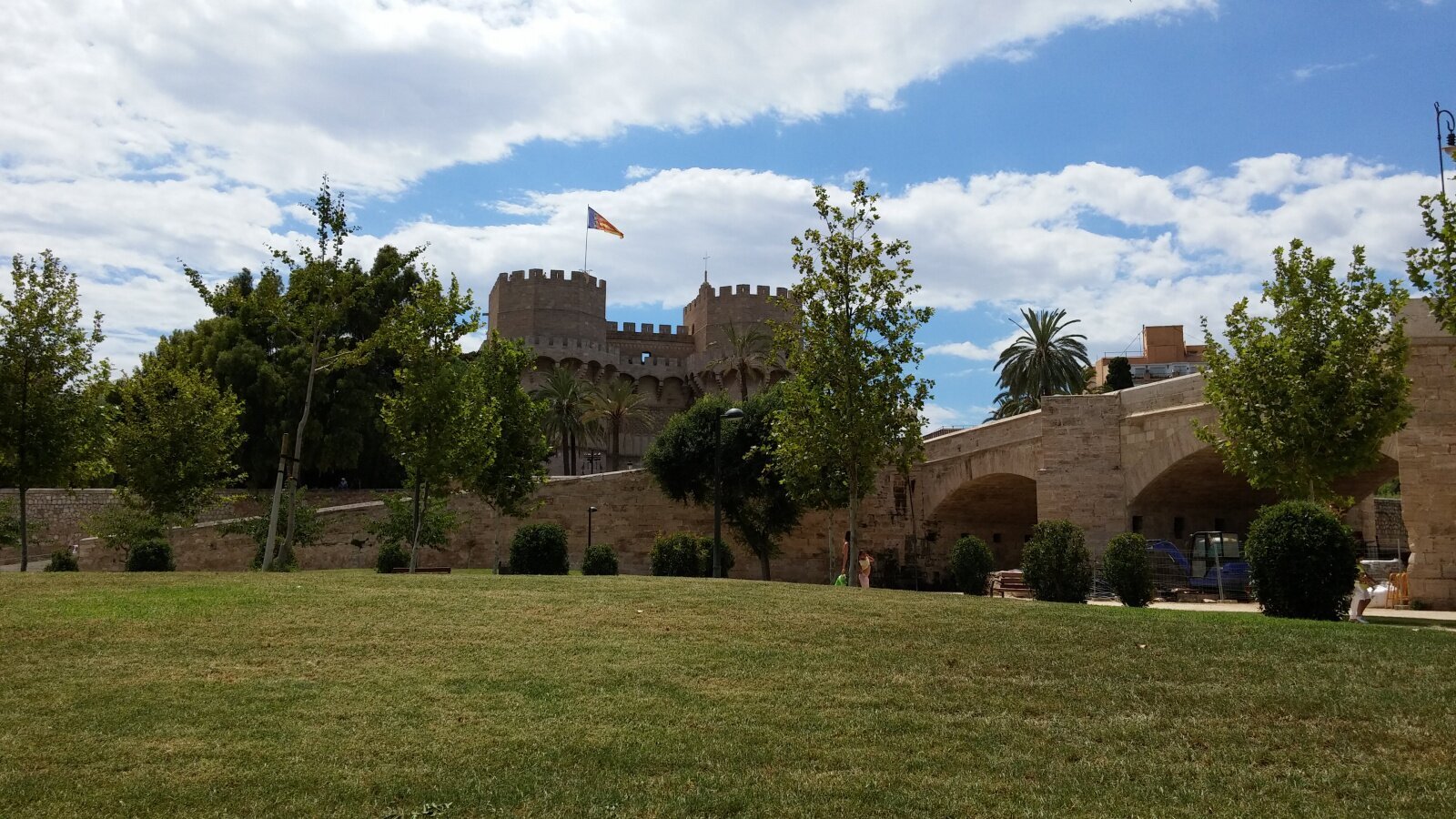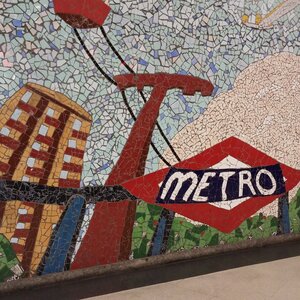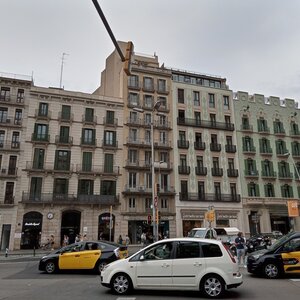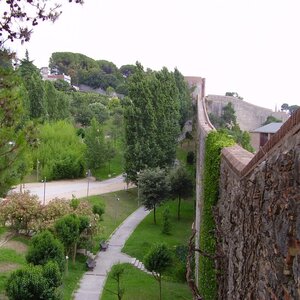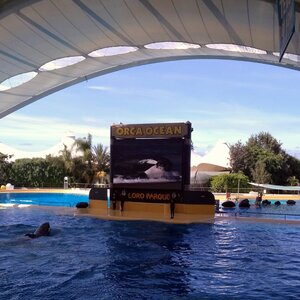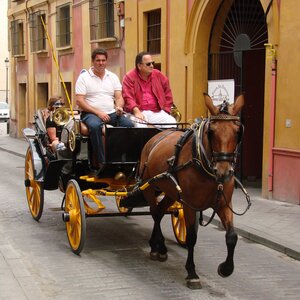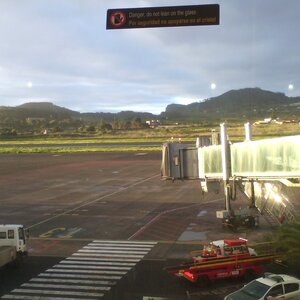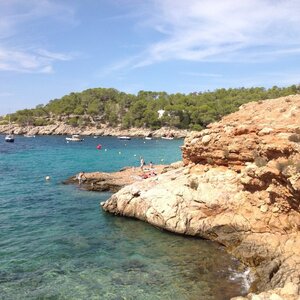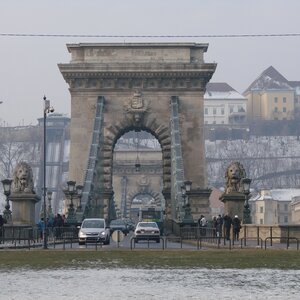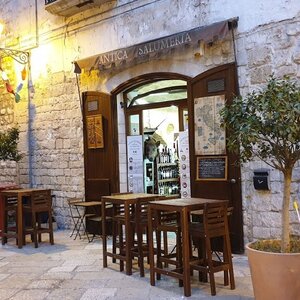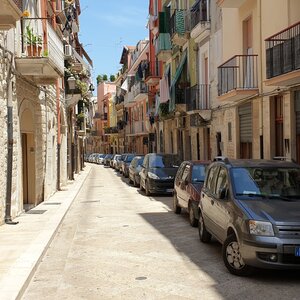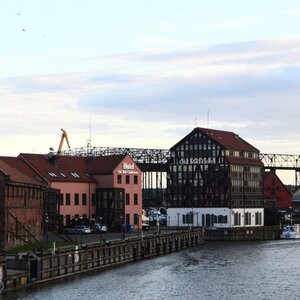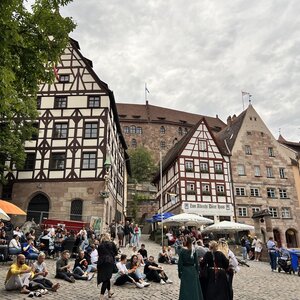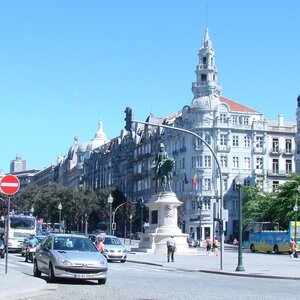Valencia is often referred to as the real Spain, unspoiled by tourists. There are still flamenco dancers on the streets, restaurants cook real, not defrosted paella, and the central market has not turned into a tourist attraction like in Madrid or Barcelona. And although Valencia does not position itself as a seaside resort, the beaches here are luxurious: organized, clean, with fine sand and absolutely free. Here you can see medieval temples and cathedrals, examples of Art Nouveau architecture, futuristic buildings.
Valencia hides all its riches in the shadow of its more famous Catalan neighbor. There are many tourists here too… but many times less than in Barcelona. One day is not enough for Valencia. Make the most of it.
Valencia Nord Station and Valencia Arena
For many people, Valencia begins at the train station, Station Nord. The main train station and metro are located here, with bus stops nearby. On the left side of the station square is the old bullfighting arena Plaza de Toros de Valencia. By the way, bullfighting is still held in Valencia, unlike in most major Spanish cities, where it has already been banned due to the demands of animal rights activists.
The Art Nouveau station building, built in 1917, is noteworthy inside and out: the small hall to the right of the main entrance has masterpiece ceilings made of Valencian ceramics.
Port of Valencia (Puerto de Valencia)
For another part of tourists, Valencia starts from the sea: the cruise port of Puerto de Valencia is visited by liners of many routes.
The port itself is of little interest except for one building. But it’s not far from the city’s beaches. And in the evening, streams of tourists and locals flock here, strolling along the piers and watching the sunset with a glass of wine on the benches.
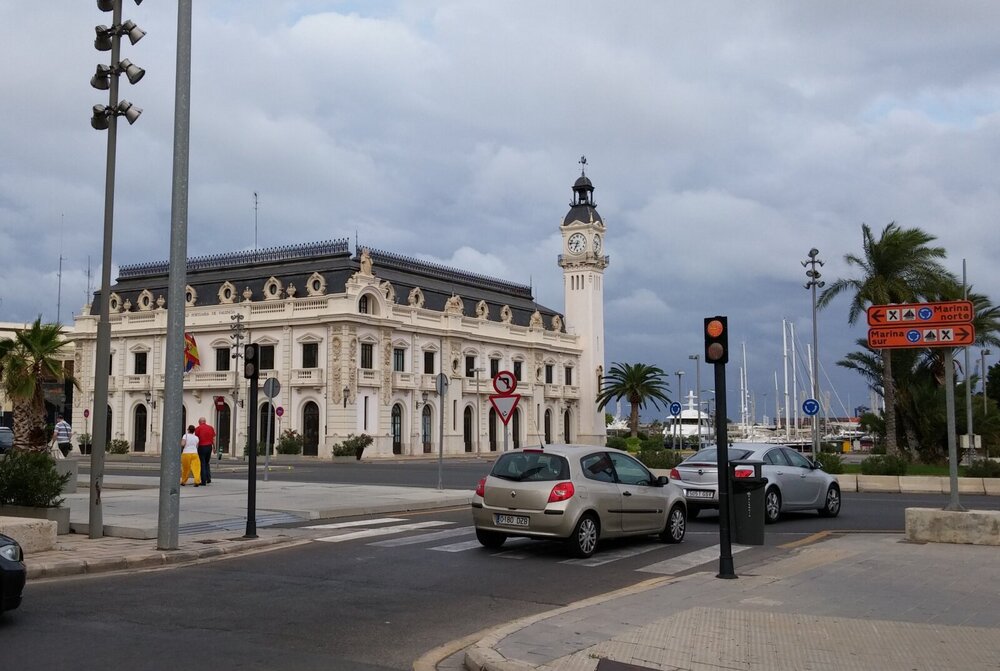
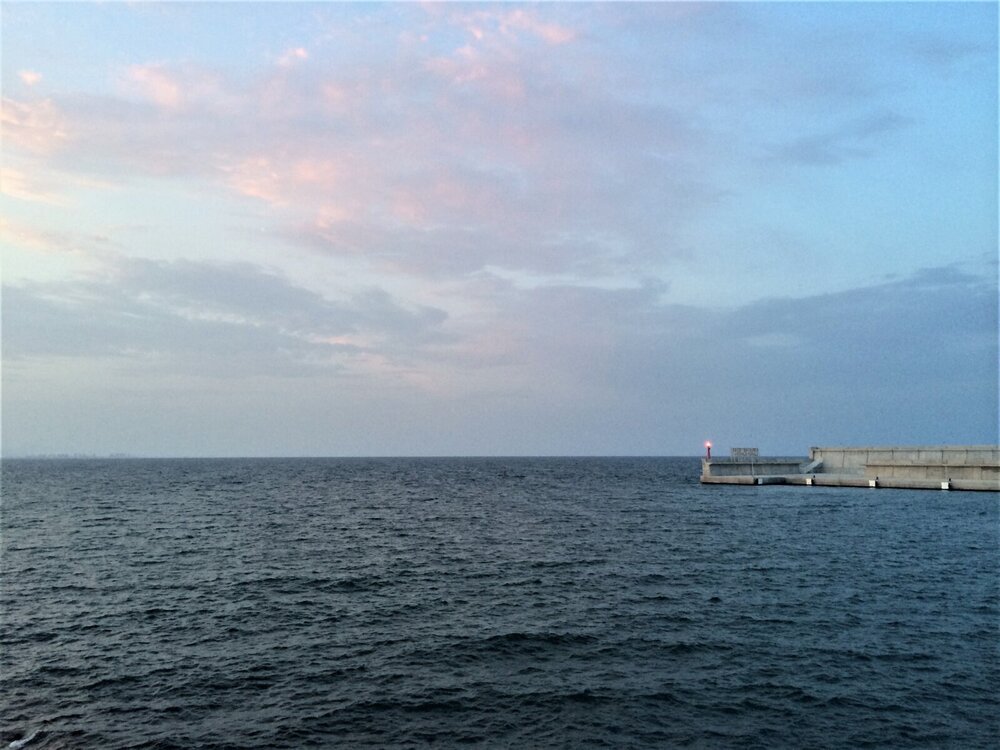
Plaza del Ayuntamiento (City Hall Square)
However you arrive in the city, start your exploration of Valencia in its central square, Plaza del Ayuntamiento. Most of the buildings around the square were built at the turn of the 19th and 20th centuries, and it used to be the site of a monastery. The most notable buildings here are the Valencia City Hall, housed in a former college for underprivileged girls, and the main Post Office building. In the center of the square is a flower market, popular with locals, and a square with a fountain.
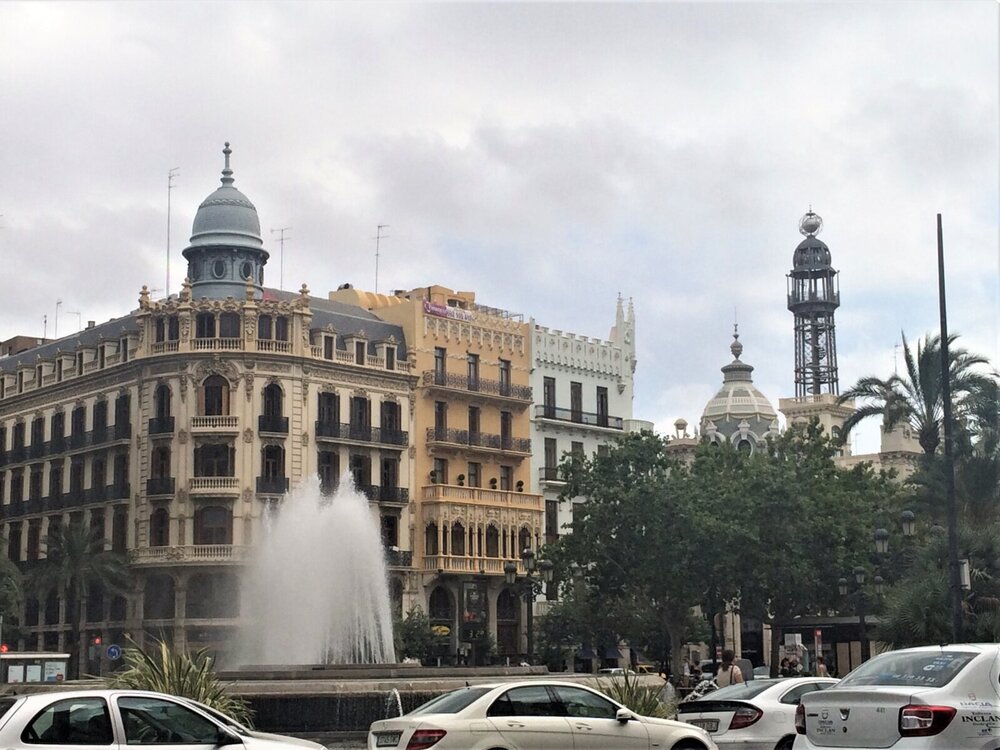
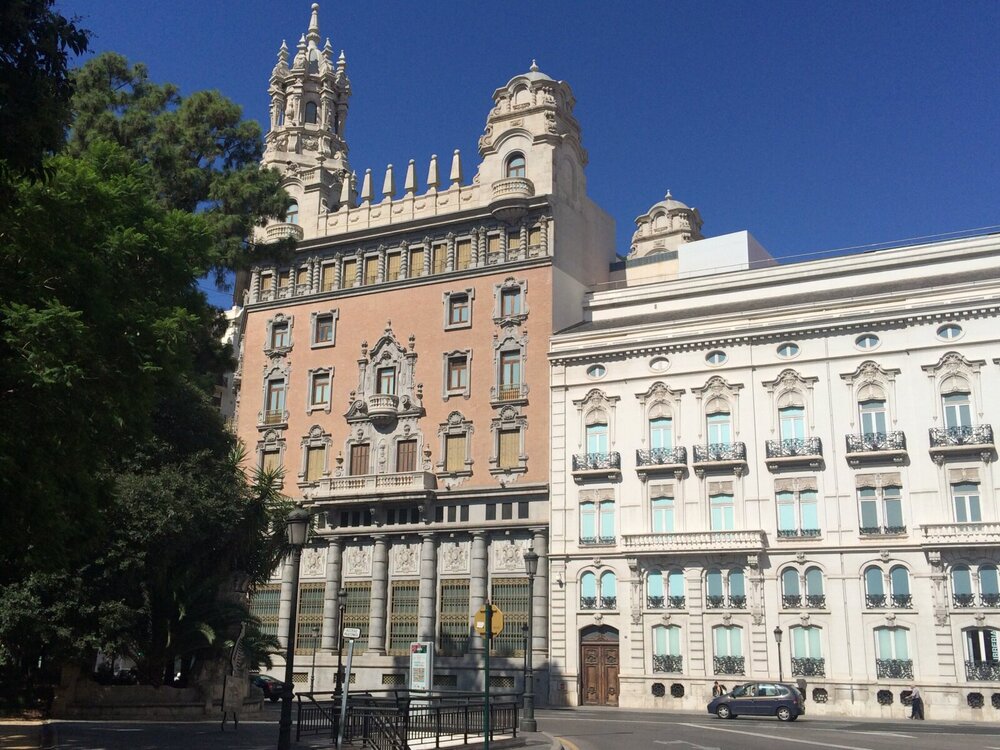
Plaza de la Reina (Queen’s Square)
North of City Hall Square is the center of Valencia’s tourist center, Queen Square. All major roads converge on it. Tourist buses depart from here, there is a huge parking lot under the square, and city buses pass through here as well. It is the closest transportation point to the historic center.
Restaurants line the perimeter of the square. Stop by Valor for a cup of real hot chocolate with churros: it’s not thick cocoa or diluted powdered chocolate, but a real chocolate bar melted especially for your cup. It is highly recommended to go here in the morning or afternoon: very caloric. A full breakfast, and for some, a lunch.
Cathedral (Catedral de Valencia)
The full name of the Cathedral of the Assumption of Our Lady is long and difficult to pronounce: Iglesia Catedral-Basílica Metropolitana de la Asunción de Nuestra Señora de Valencia. So in all the guidebooks and news reports it goes simply as…. Catedral de Valencia. Or the Cathedral of the Virgin Mary.
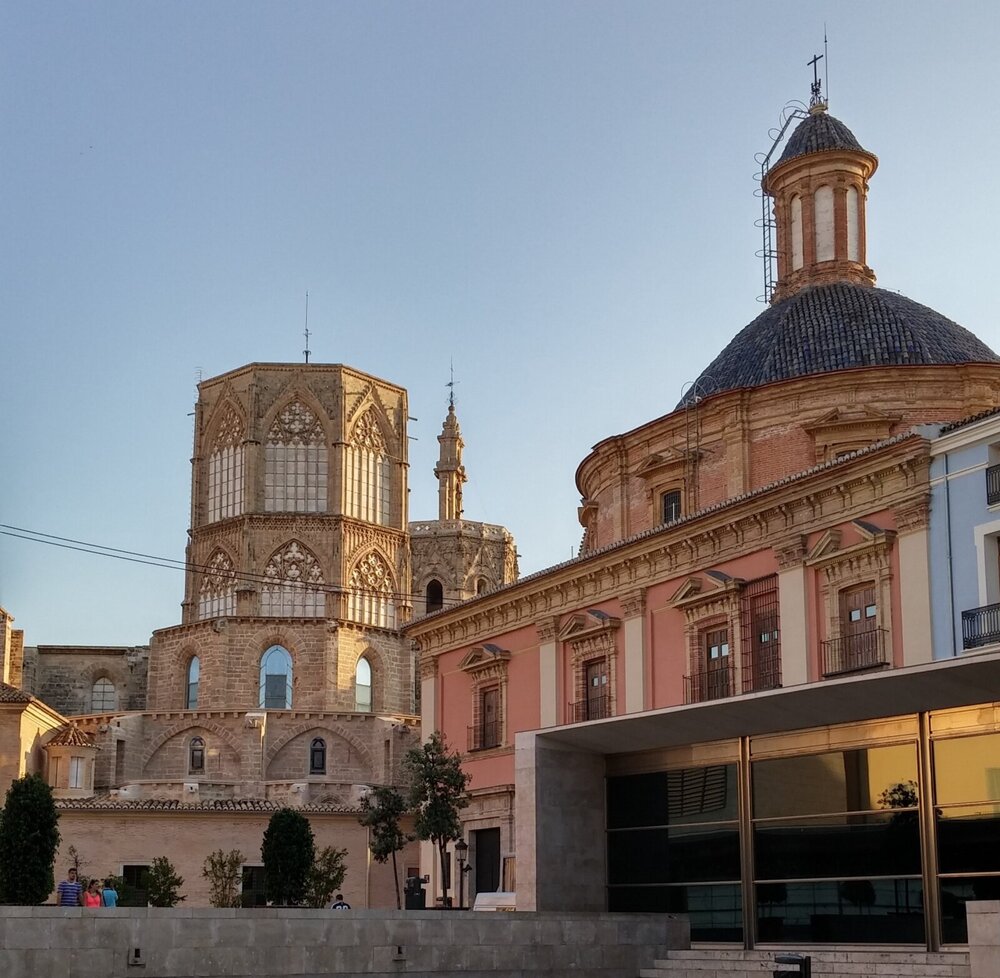
For any city, the cathedral is its heart and center of life. In Valencia, it is a particularly iconic place, and not only because the cathedral itself is a masterpiece, combining architecture of several styles. In the square in front of the cathedral in 1826 the last execution of the Spanish Inquisition took place. It did not involve burning, but this event also caused outrage throughout Europe, which by that time had already been overcome by Napoleon, who separated church and state and gave a serious impetus to the development of individual rights.
One of the secrets of the Valencia Cathedral: in a small, dark crypt to the right of the main entrance, the Holy Grail is kept in semi-darkness. Its authenticity is recognized by the Catholic Church, but Valencia is not yet keen to use it to attract tourists.
The cathedral itself is free to enter, but part of the premises belongs to the museum, where you have to buy a ticket.
Working hours: Mon to Sat — from 10:00 to 18:30, Wed — from 14:00 to 18:00.
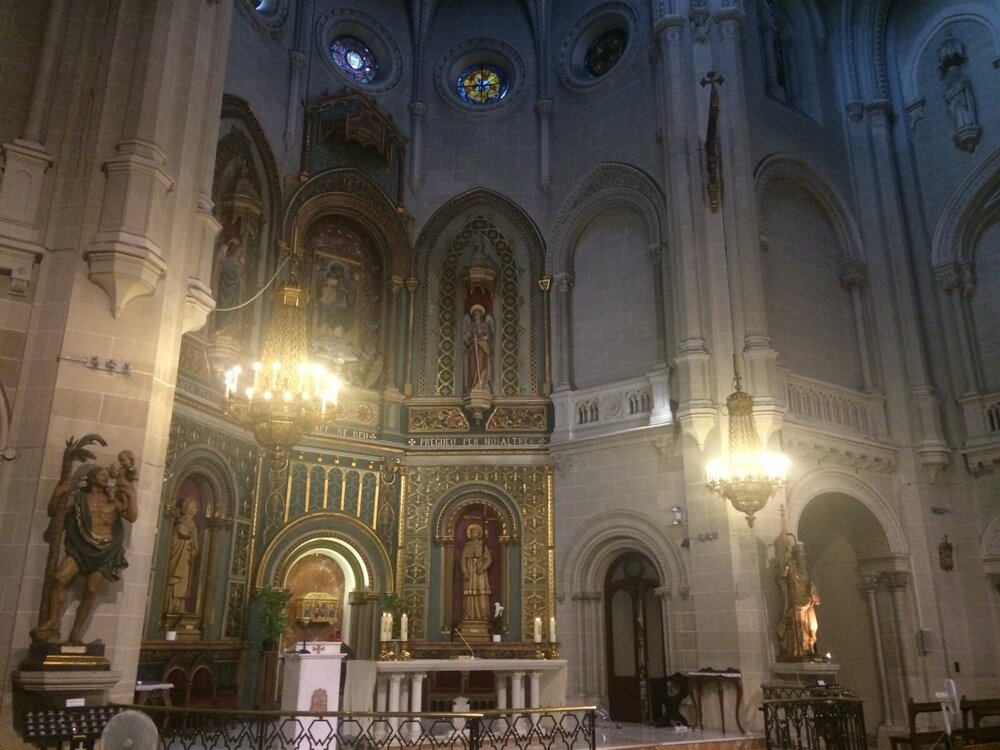
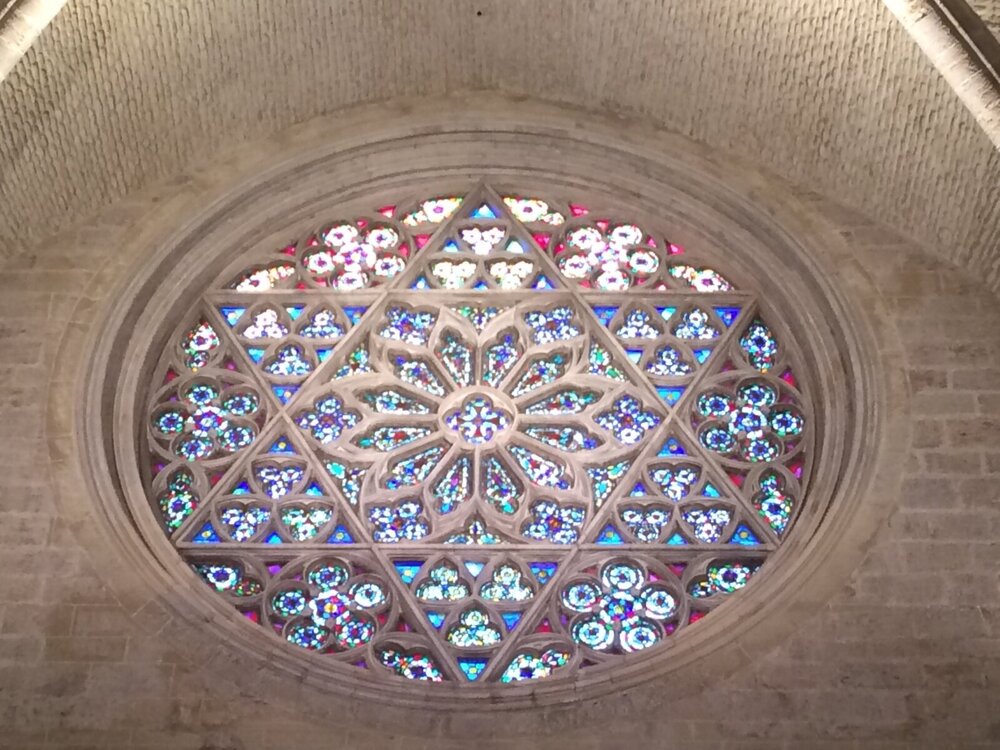
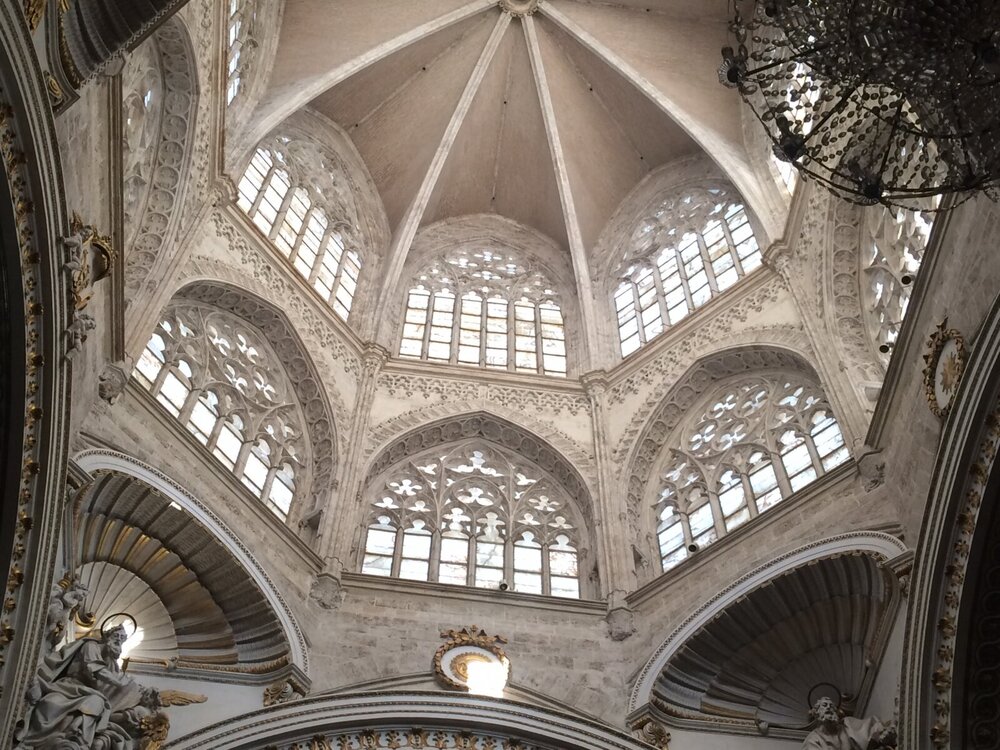
Miguelete Bell Tower (Torre del Miguelete)
The highest point of the city and also an unusual 8-corner tower with a height of 51 meters is the Migulet (Micalet) Bell Tower near the cathedral. The bell tower was built at the turn of the XIV–XV centuries and stands out for its unusual style: the so-called «Spanish Gothic». Only 207 steps lead you to a panoramic view of the entire old center of Valencia, and in good weather you can even see the City of Arts and Sciences. There is no elevator.
Plaza de la Virgen (Virgin Square)
The front of the Cathedral faces Queen Square and the end faces Virgin Square. Virgin Square is the oldest heart of the city. Here, at the Gothic gates of the Cathedral, the Water Tribunal takes place every Thursday morning: the oldest functioning court in Europe. For over 1,000 years, judges have been deciding disputes over the use of the waters of the River Turia. It is a tradition, but not an attraction at all: although the decisions are made orally, they are fully legally binding.
The fountain with the muscular man and the fragile figures around him is a fountain in honor of the River Turia. The Río Turia has always been Valencia’s circulatory system: it fed the city and killed it, until it was curbed and redirected.
Every day, passing by the fountain, I tried to understand why the river is depicted as a man? We are used to the fact that in Slavic culture, rivers are usually depicted as women. It turned out that in Spanish, «river» is masculine.
Serrano Towers (Torres de Serranos)
The former bed of the Turia River can be seen within a 5-minute walk from the Plaza de la Virgen to the Serranos Towers. This was once the site of a fortress wall and the towers were framed by the fortress gate of the same name.
The structures were built in the late XIV century, and in XVII–XIX were used as a prison for the noble classes.
The towers are in excellent condition. On the side of the old town their outer wall is missing, showing the ancient structure of the defenses «in section». From the top there is a magnificent view of Turia and the rooftops of the city.
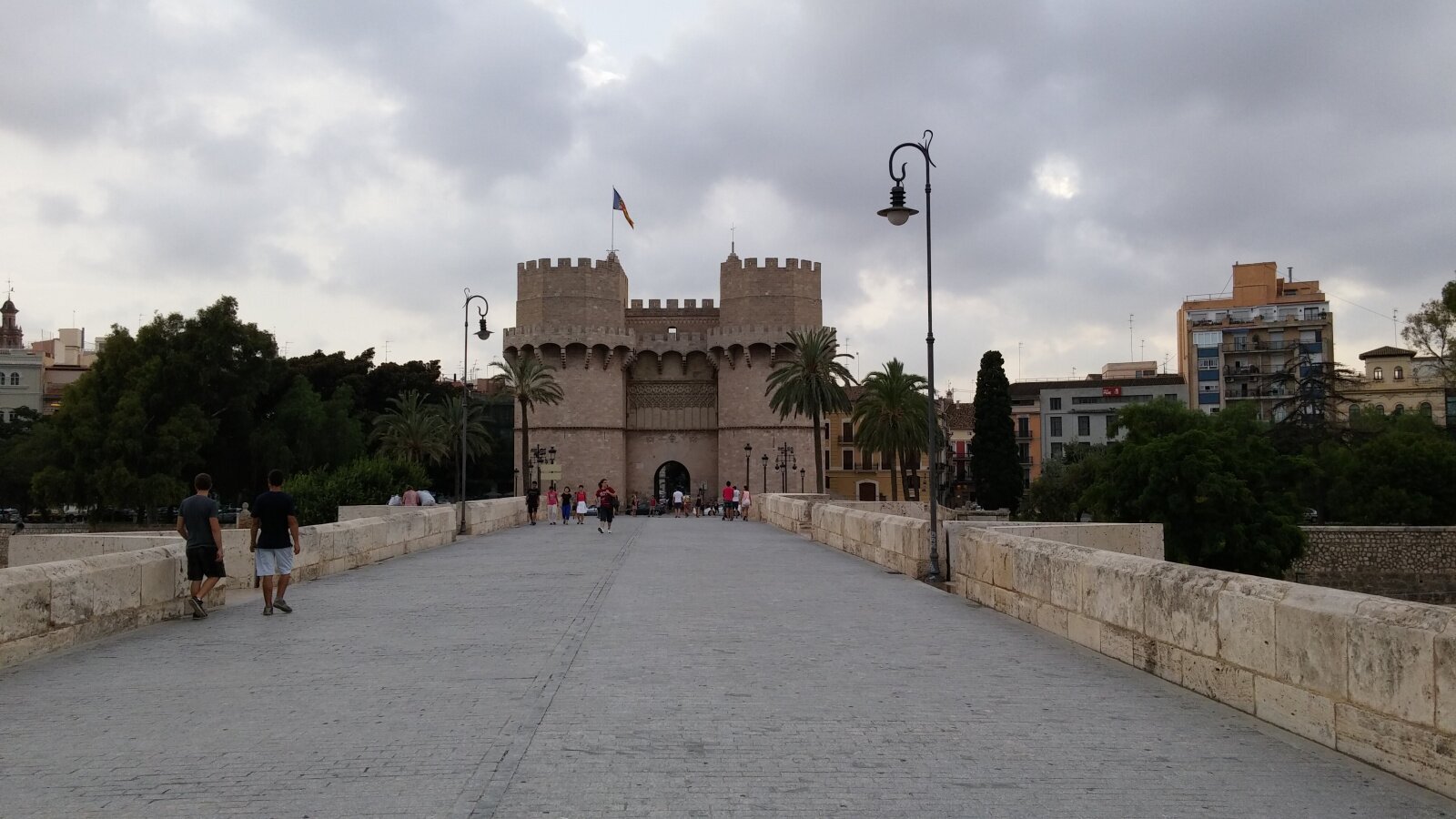
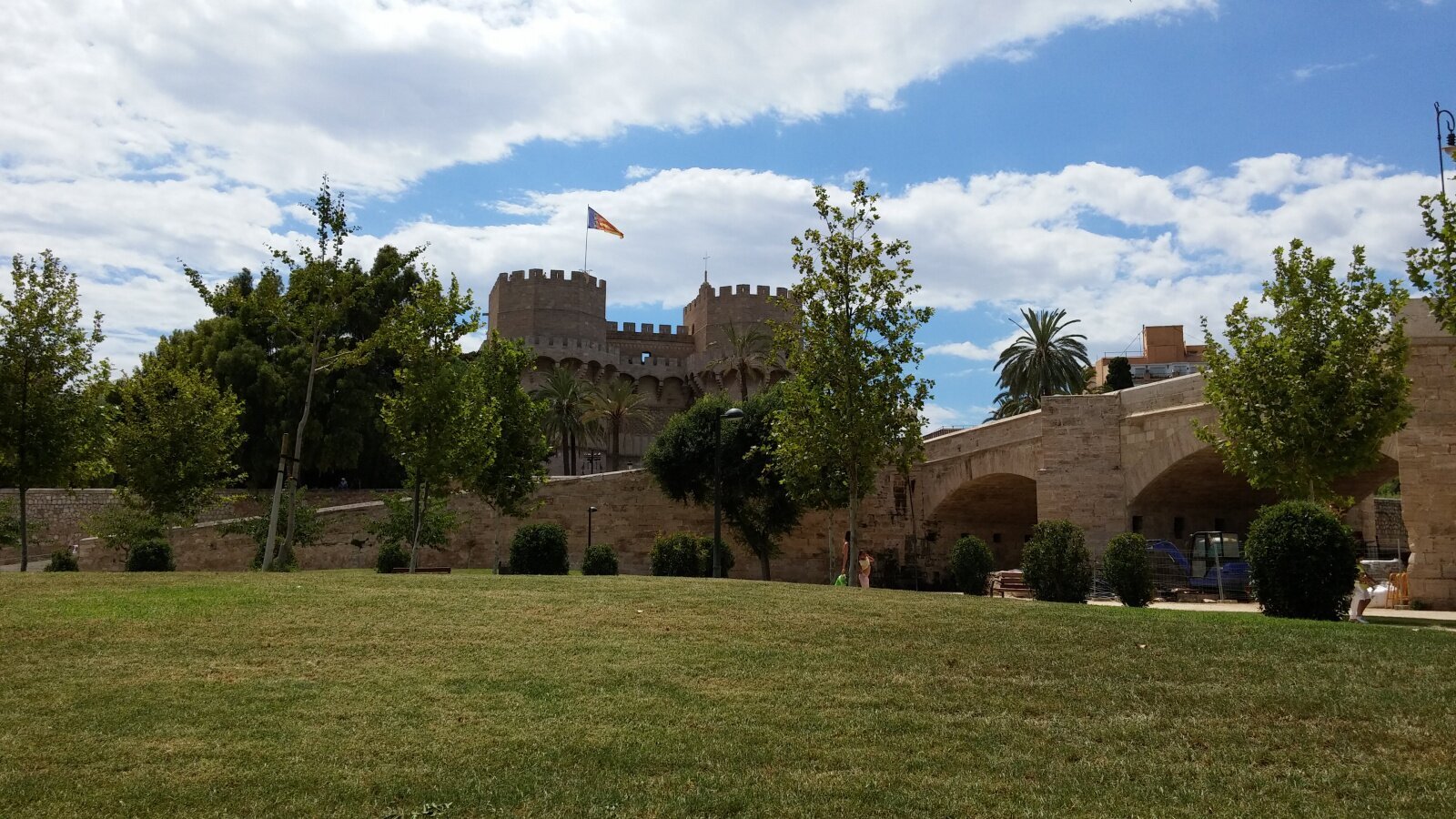
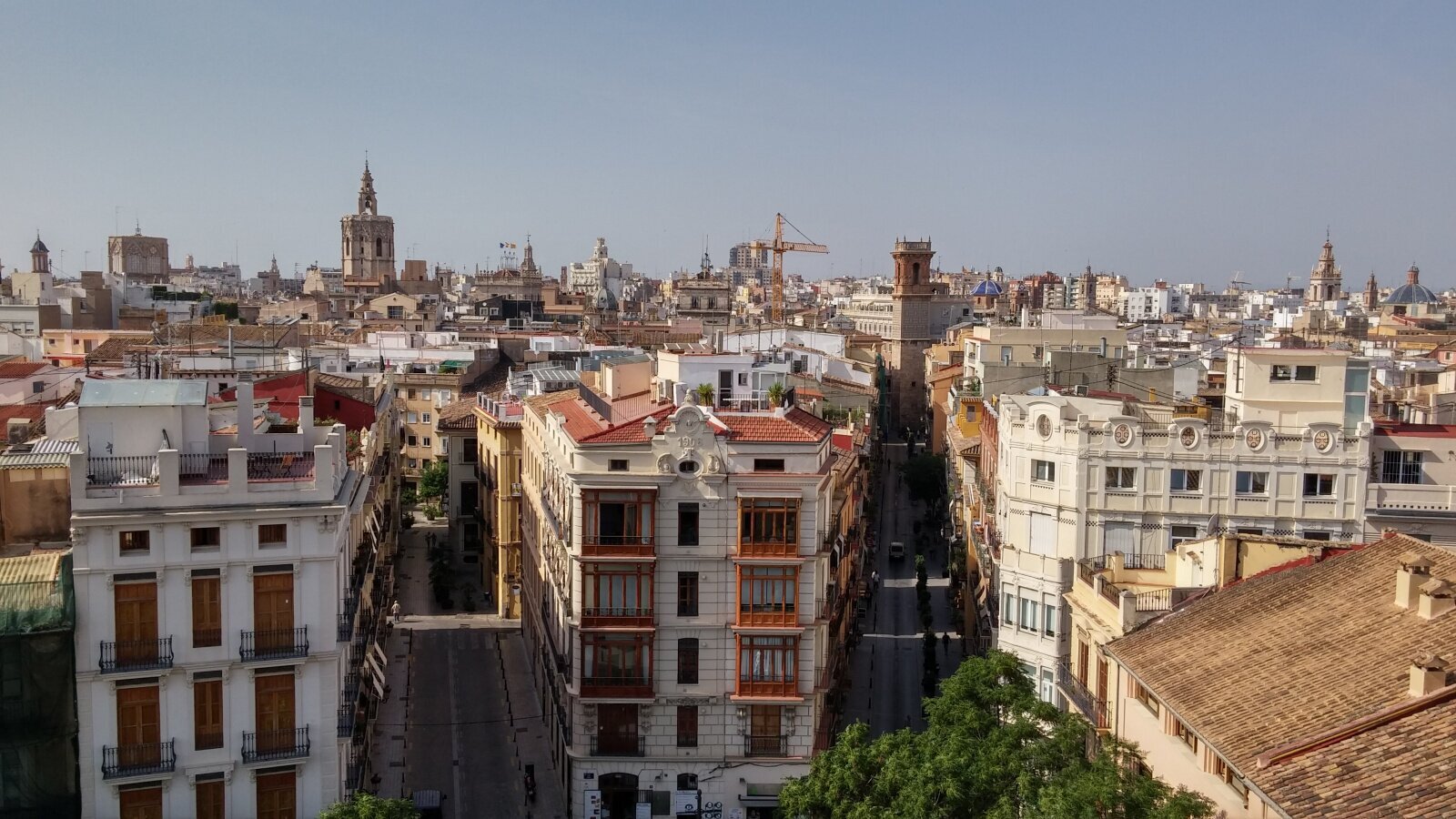
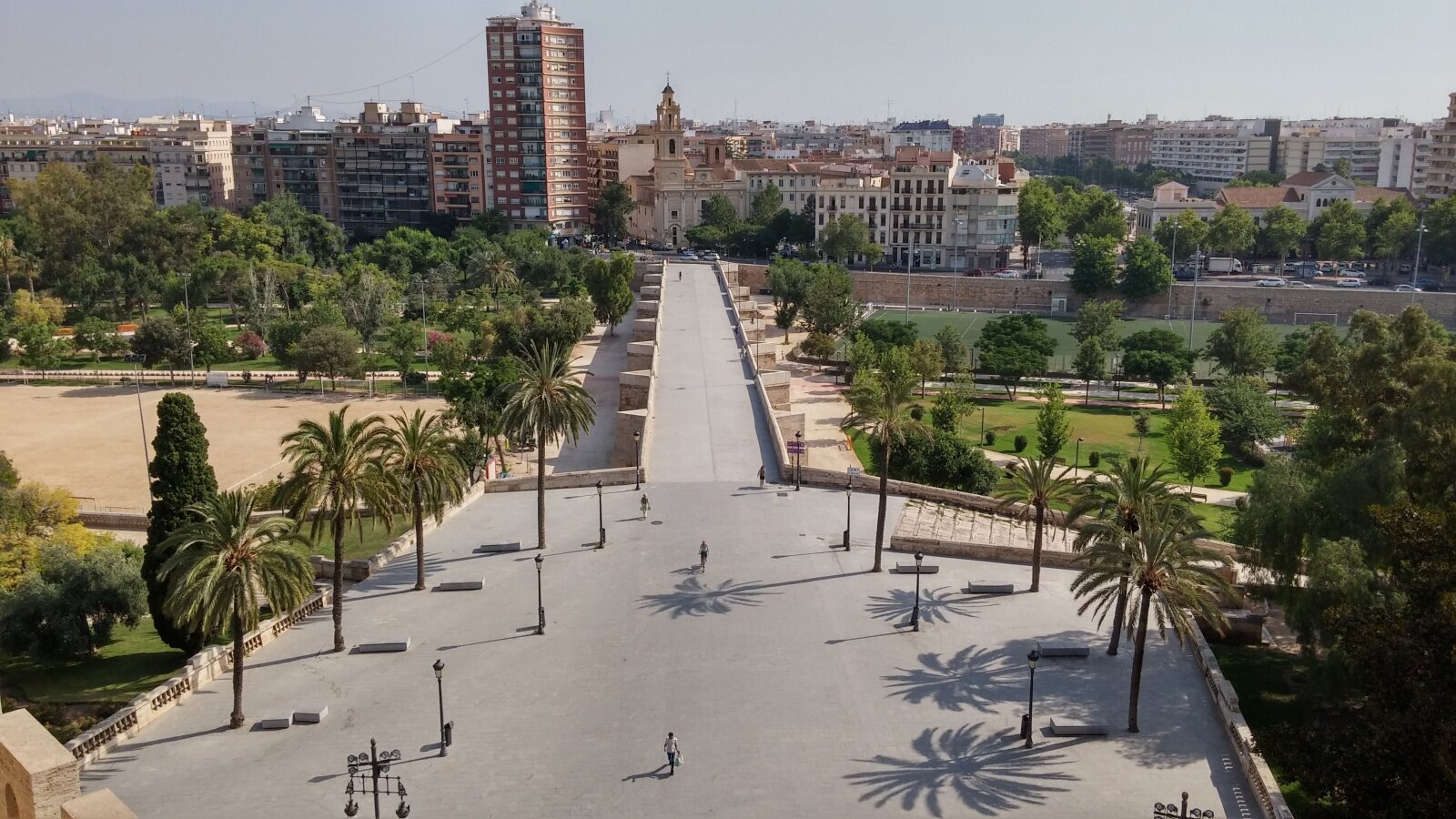
Old Town of Valencia (El Carmen)
The triangle «Torres de Serranos — Torres de Cuarto — Plaza del Queen» forms the city’s historic neighborhood, Barrio del Carmen. This neighborhood is both old and youthful. Its main attraction is the Cat House, a 5-minute walk from Torres de Serranos, and the numerous graffiti on the historic walls.
According to rumors, the House of Cats (La casa dels gats) was built back in 1094 as a monument to some specific 4 cats. Valencia can hardly be called a «cat city», but there are a lot of cats here and the locals love them very much: they feed them, arrange drinking places. The size of the monument can be estimated from the photo: see my hand by the stove pipe? This is for scale.
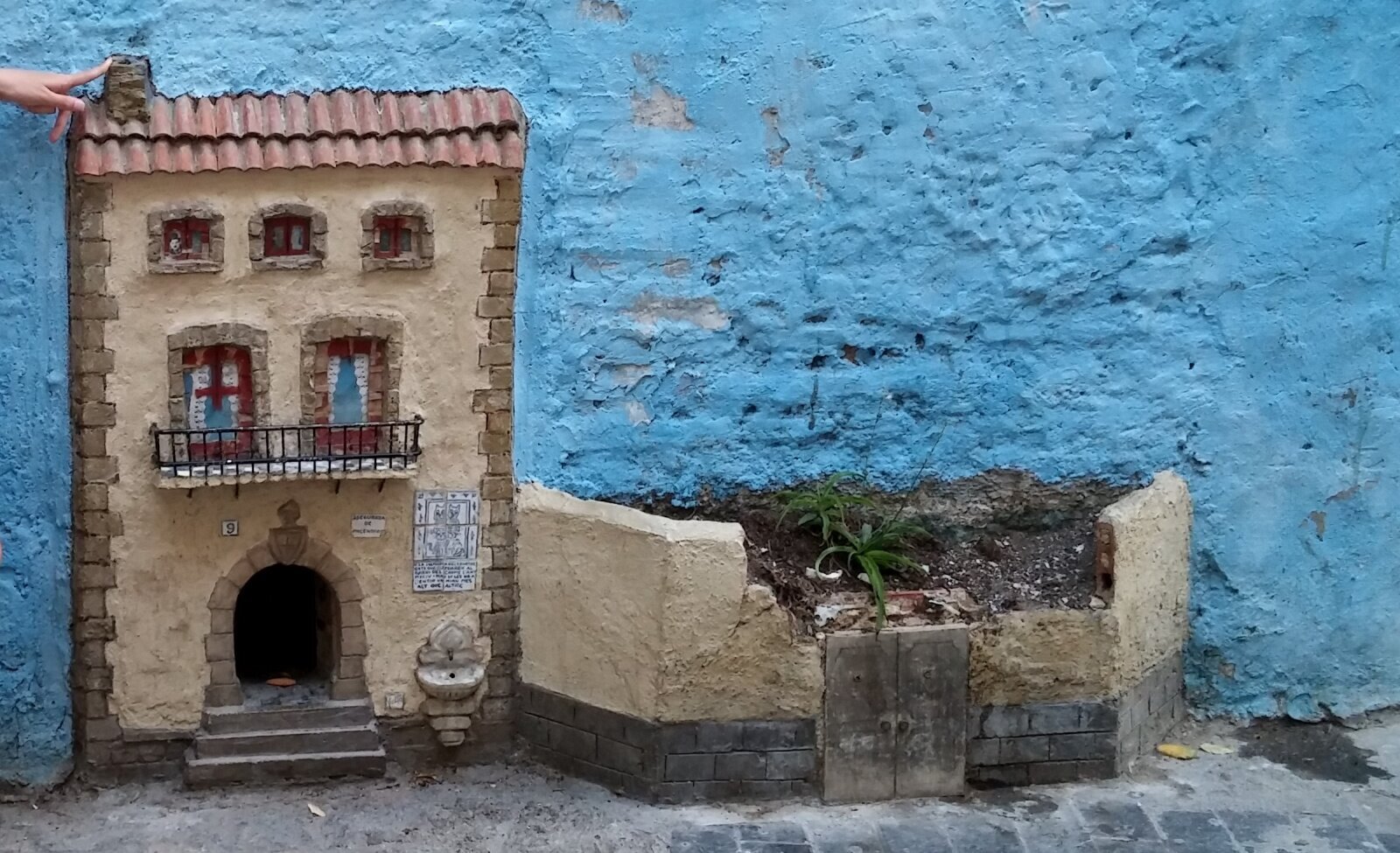
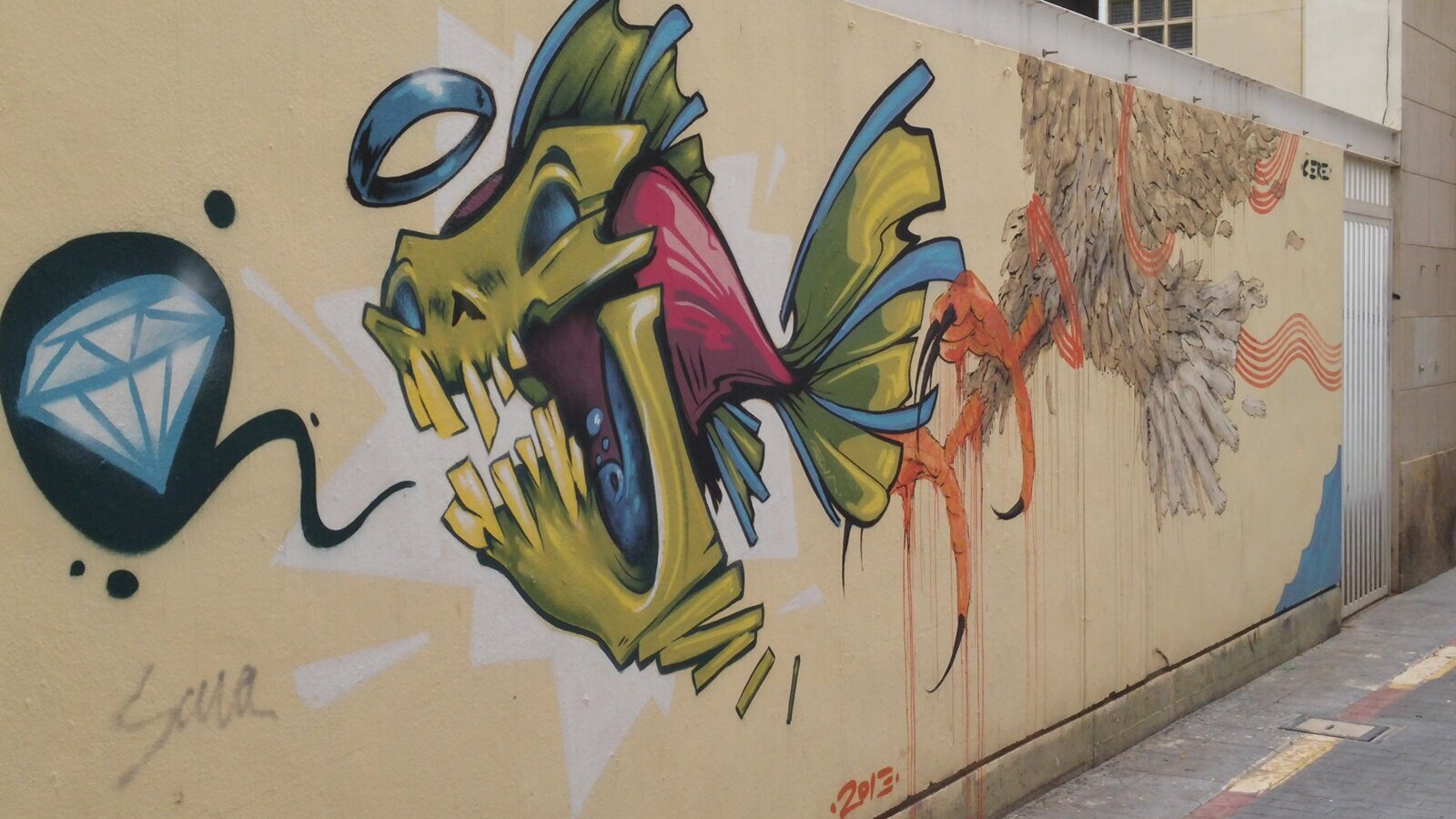
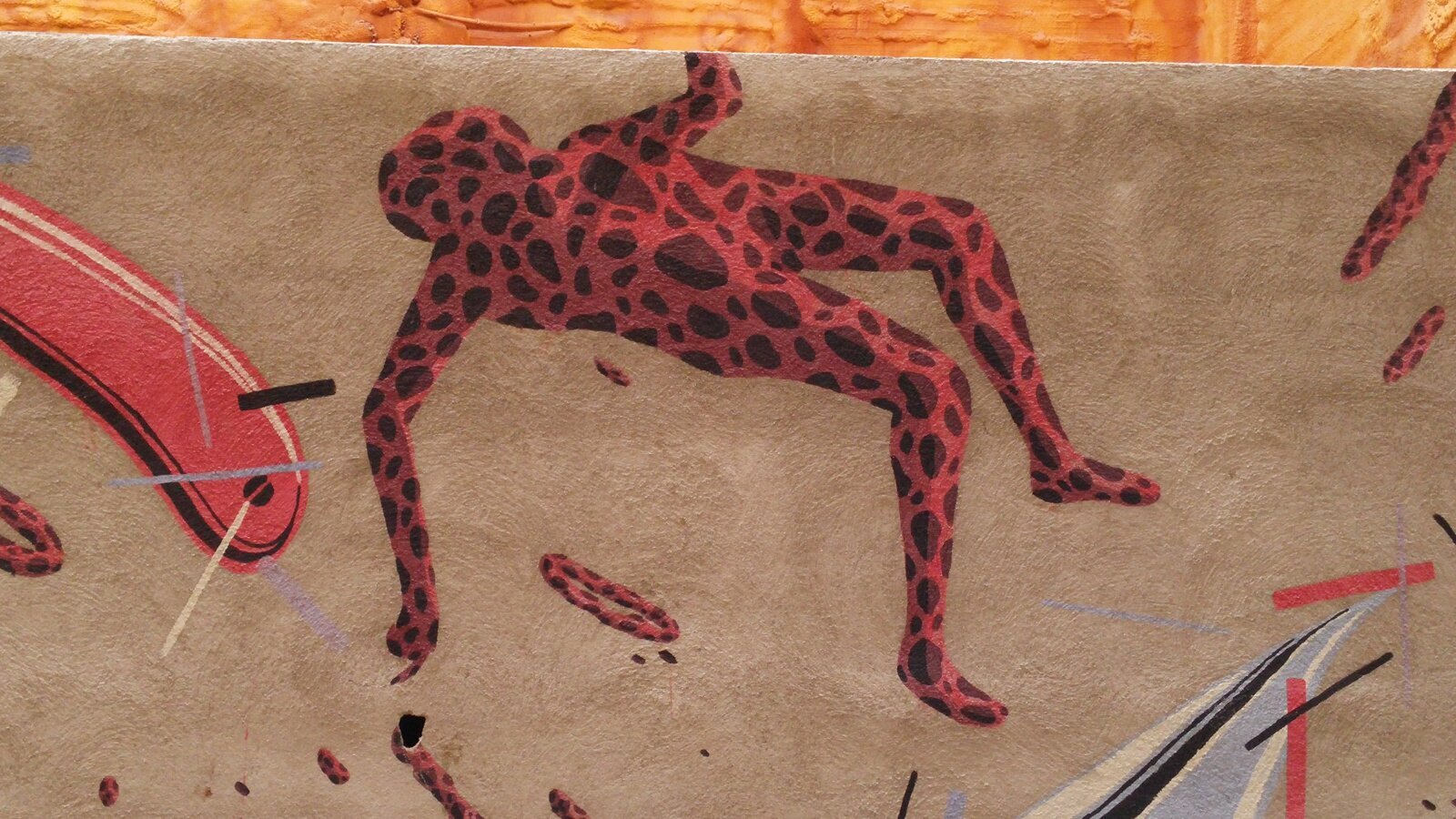
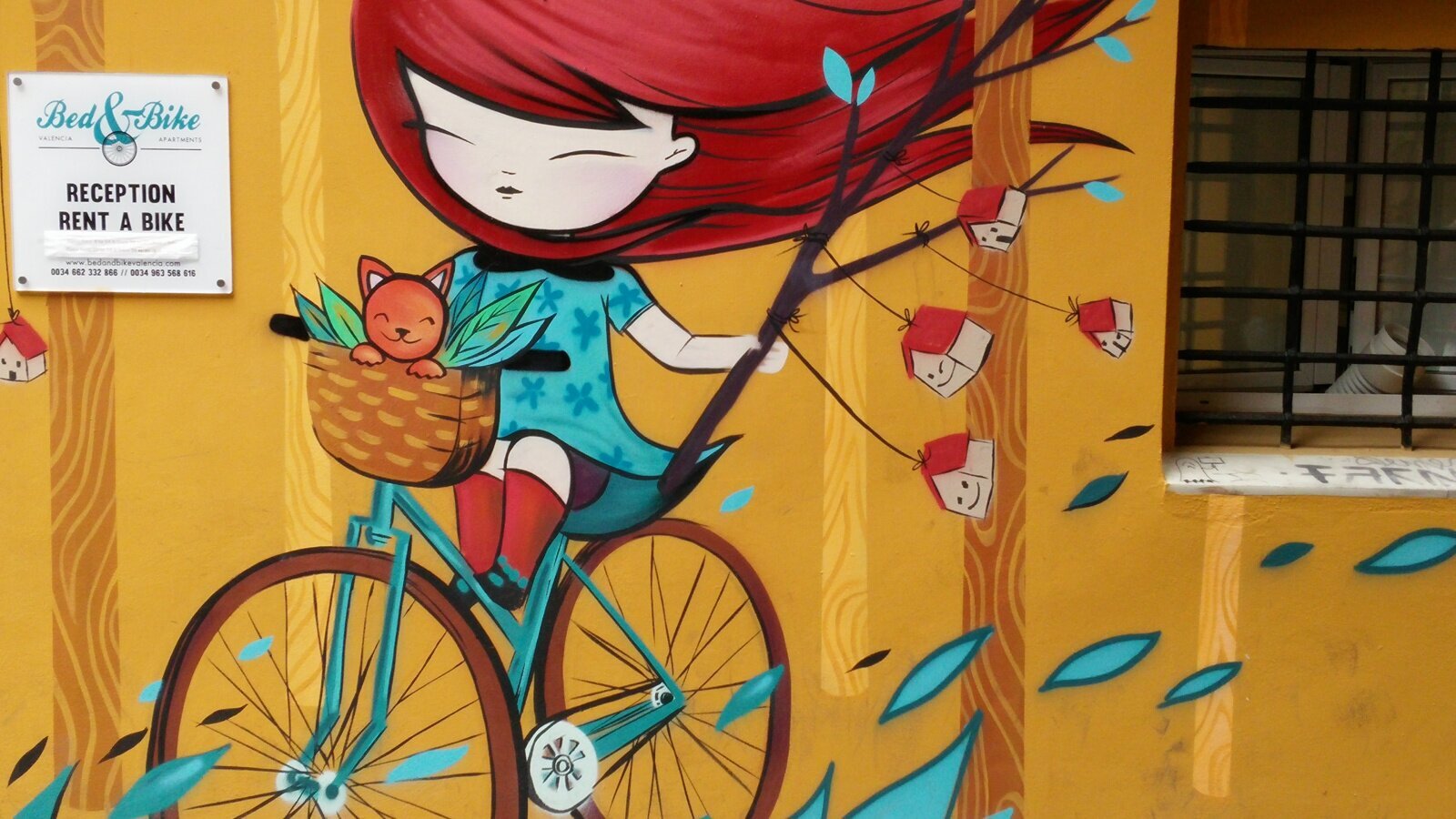

Be sure to try paella somewhere here — after all, it was in Valencia that this dish was born, and proper paella is paella made with rice grown near Valencia. And just get lost in these alleys. Don’t be afraid to get lost: in Valencia, all roads lead to the Queen’s Square.
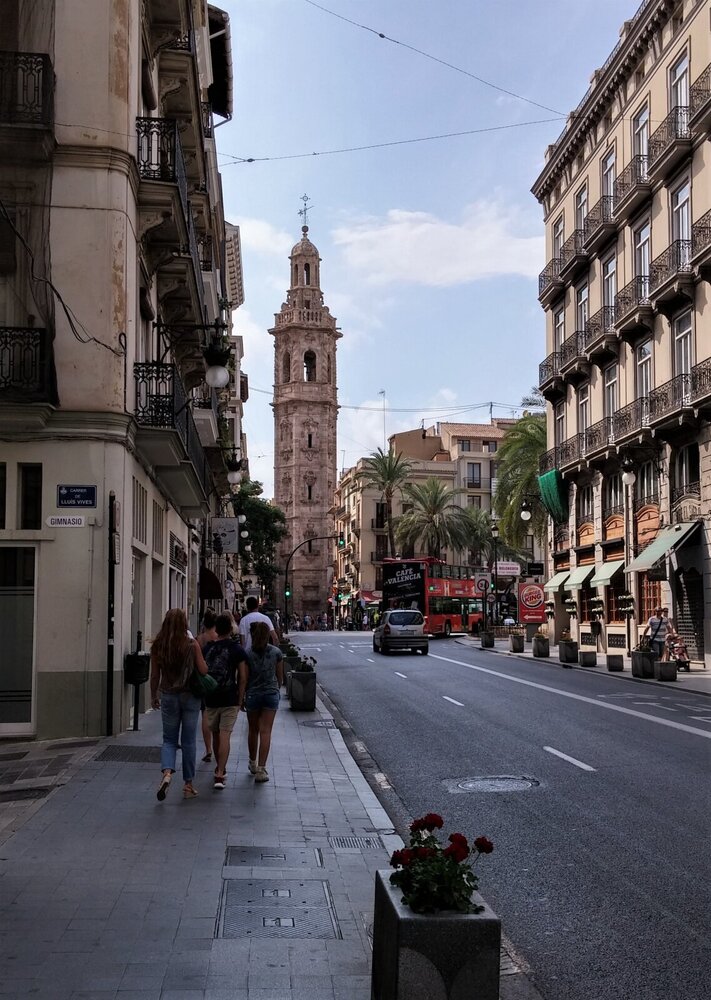
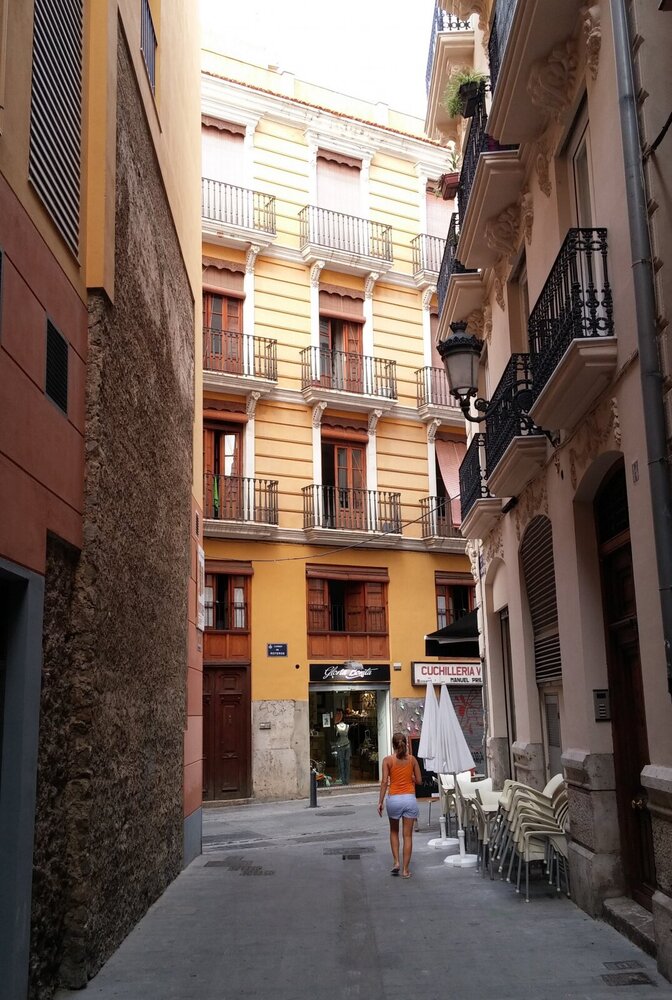

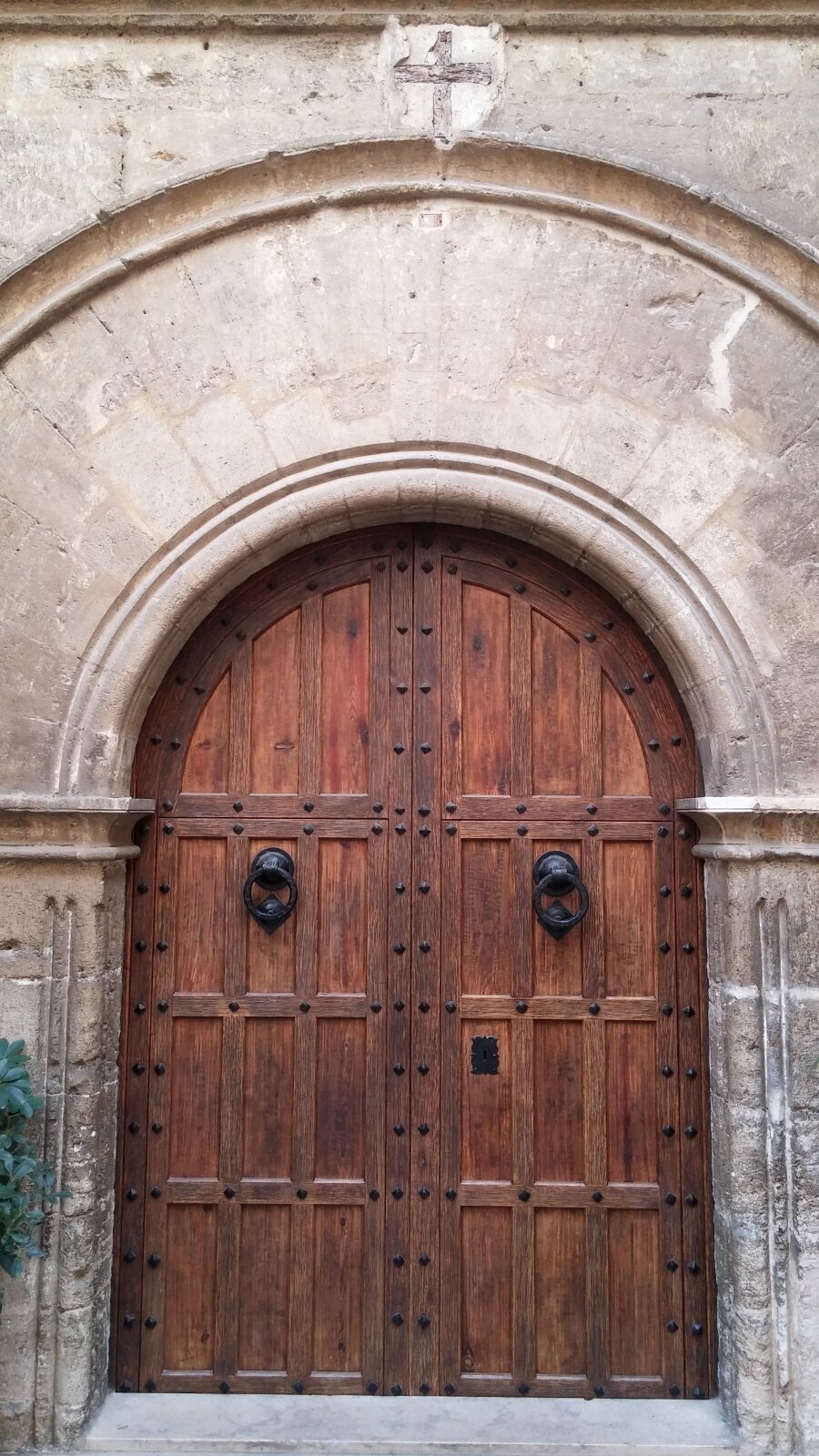
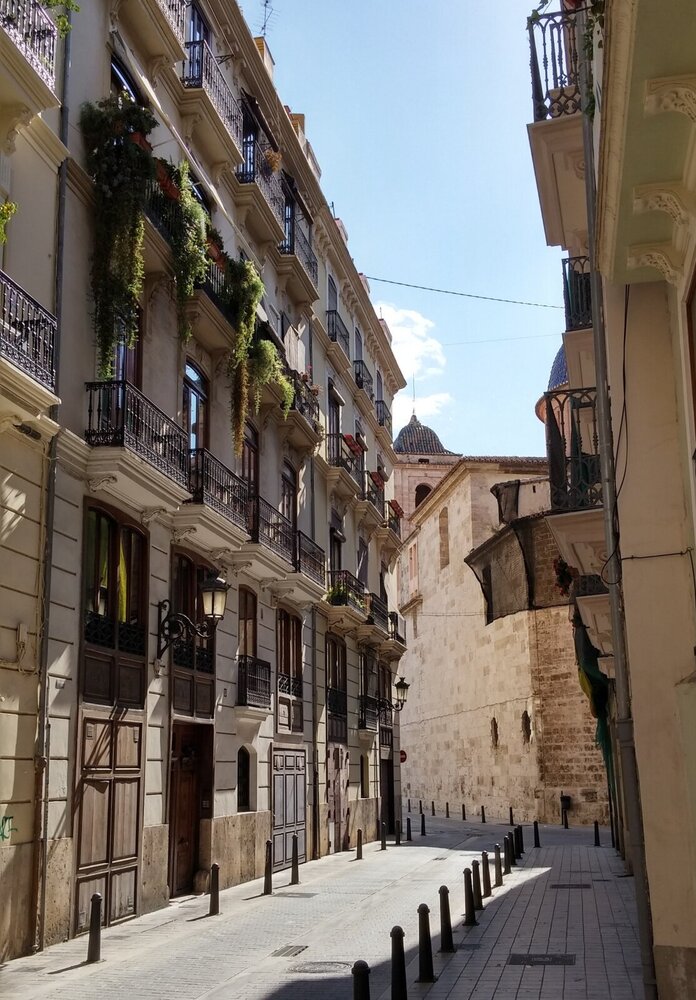
Silk Exchange (Lonja de la Seda)
One of the highlights of the historic center is Valencia’s Silk Exchange, one of the few well-preserved Gothic buildings in the city and a UNESCO World Heritage Site. Once a silk trading center, it is now a museum. Don’t spare 2 euros for a ticket and half an hour of your time to visit the exchange — it will reward you with coolness and atmospheric Gothic photos.

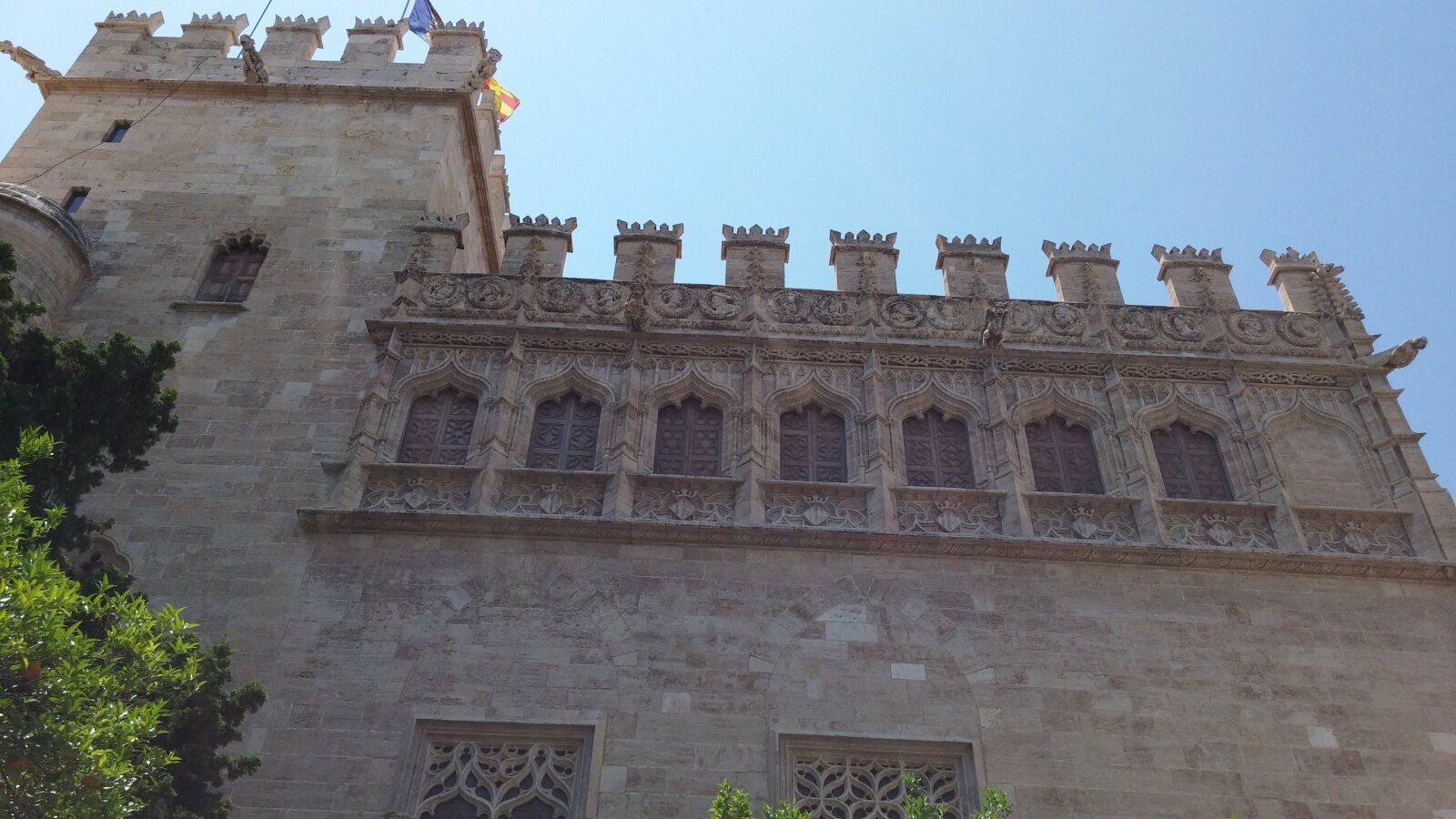
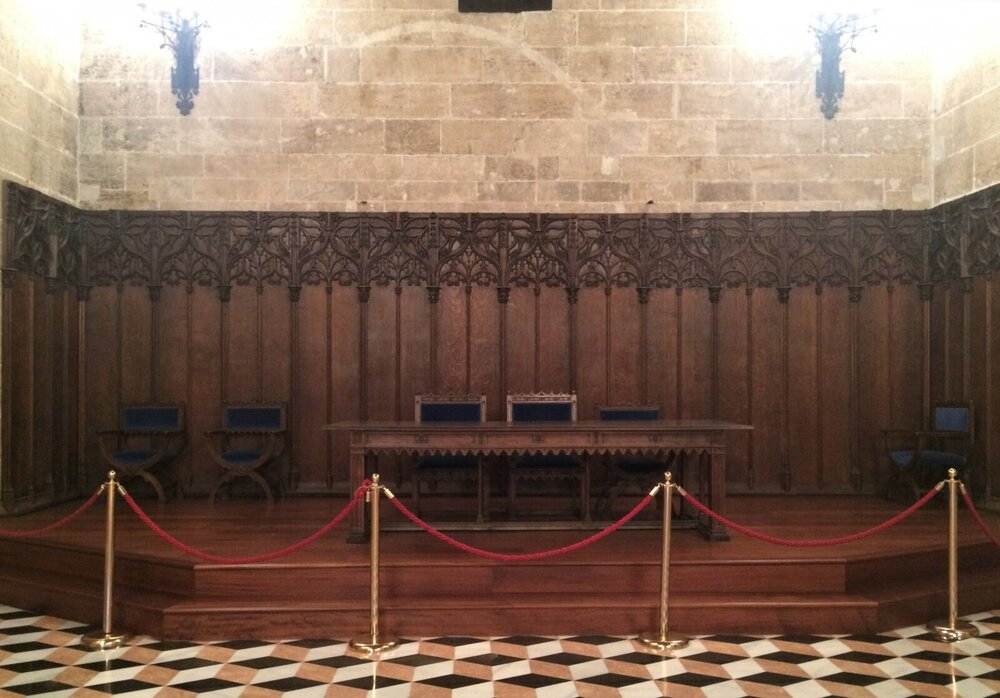
Central Market (Mercado Central de Valencia)
Opposite the stock exchange is another Art Nouveau landmark: Valencia’s Central Market. By the way, it is the largest covered market in Europe. The neighborhood around the market, as in other cities, is not the cleanest and most prosperous, but it is quite safe during the day. The building is considered a notable example of Art Nouveau style. It has a notable facade with stained glass windows and an interestingly decorated dome on the inside.
At the market you can find ripe fruit, better and more varied than in supermarkets, farmer’s cheeses, sausages and jamon from all over Spain and local seafood that was still making plans for the day the night before. Locals enjoy the market, the best signal that this is not a tourist attraction. About a quarter of the building is taken up by gastro stalls where you can eat tapas or have a coffee and churros.
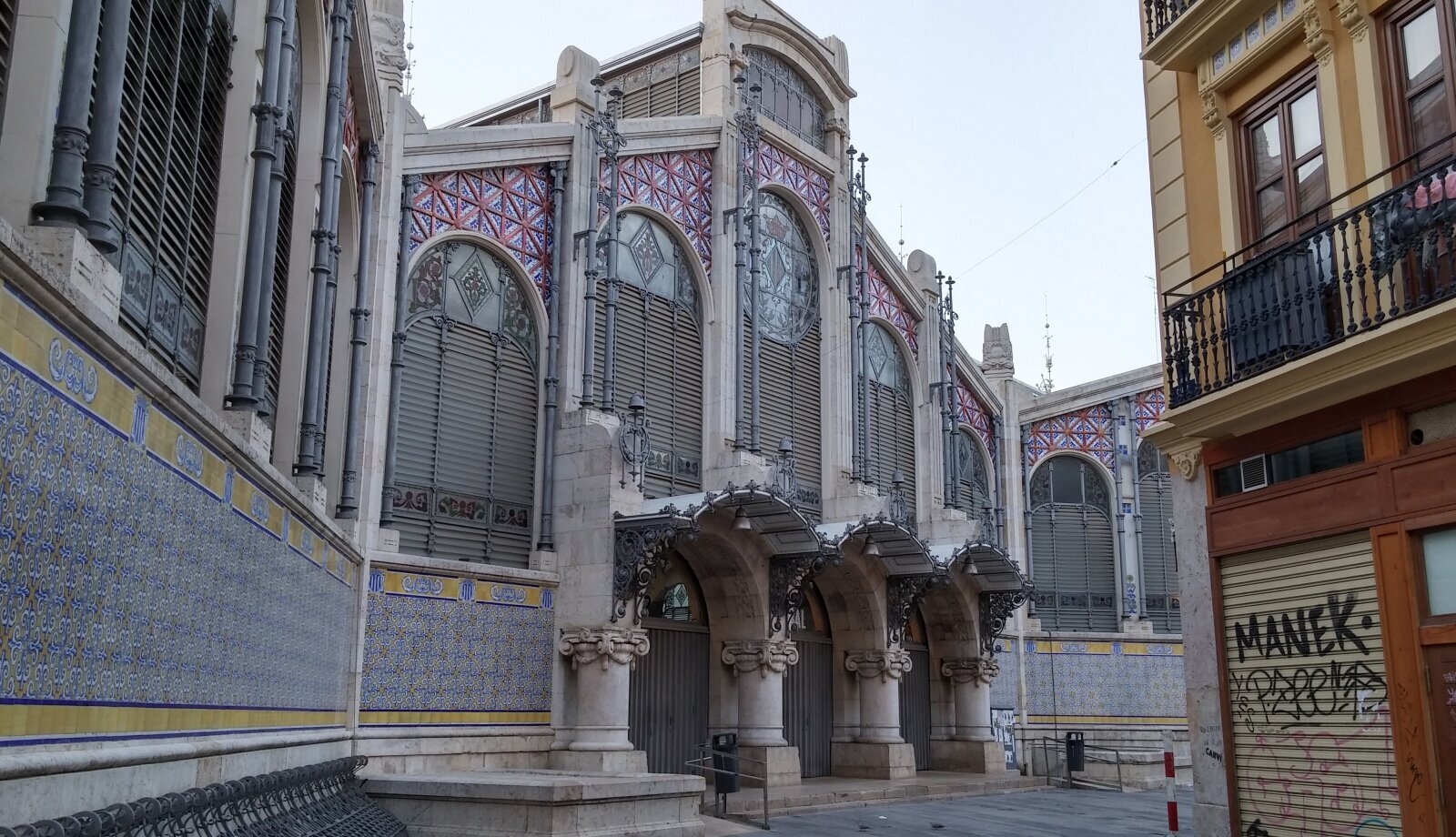
Round Square (Plaza Rotonda)
The road from the market will take you back to Plaza de la Reina, but on the way, check out the unusual Round Square near Santa Catalina Church. Plaza Rotonda is nestled between circular houses, and today it sells mostly souvenirs. But it’s not just for souvenirs: right behind one of the exits from Plaza Rotonda, on Placa de Santa Caterina, opposite the Santa Catalina Church, they sell the most authentic Valencian orchata made from chufa, an earthy nut that grows only in the vicinity of Valencia. And where else to try orchata but in the oldest orchateria?
Horchateria Santa Catalina is in its second century of operation, and the local horchata has been called the tastiest and most authentic. Have a glass of fartón, the local equivalent of churros, and admire the ceramics on the walls. These tiles are made by the craftsmen of Manises, the ceramic capital of Spain, a few kilometers from Valencia.
Palacio del Marqués de Dos Aguas (Palace of the Marquis of Dos Aguas)
To the right of Plaza de la Reina is the local «golden mile»: Carre de la Pau, a street of luxury stores. You can follow it all the way to Turia Park, or you can take a short right turn and reach one of the city’s most luxurious buildings, the Palacio de los Marquesas Dos Aguas.
The palace dates back to the 15th century, but in the 18th century it was rebuilt in the Rococo style to show off its owner’s wealth, and it seems to have succeeded: since then it has been one of the most ornate buildings in Valencia
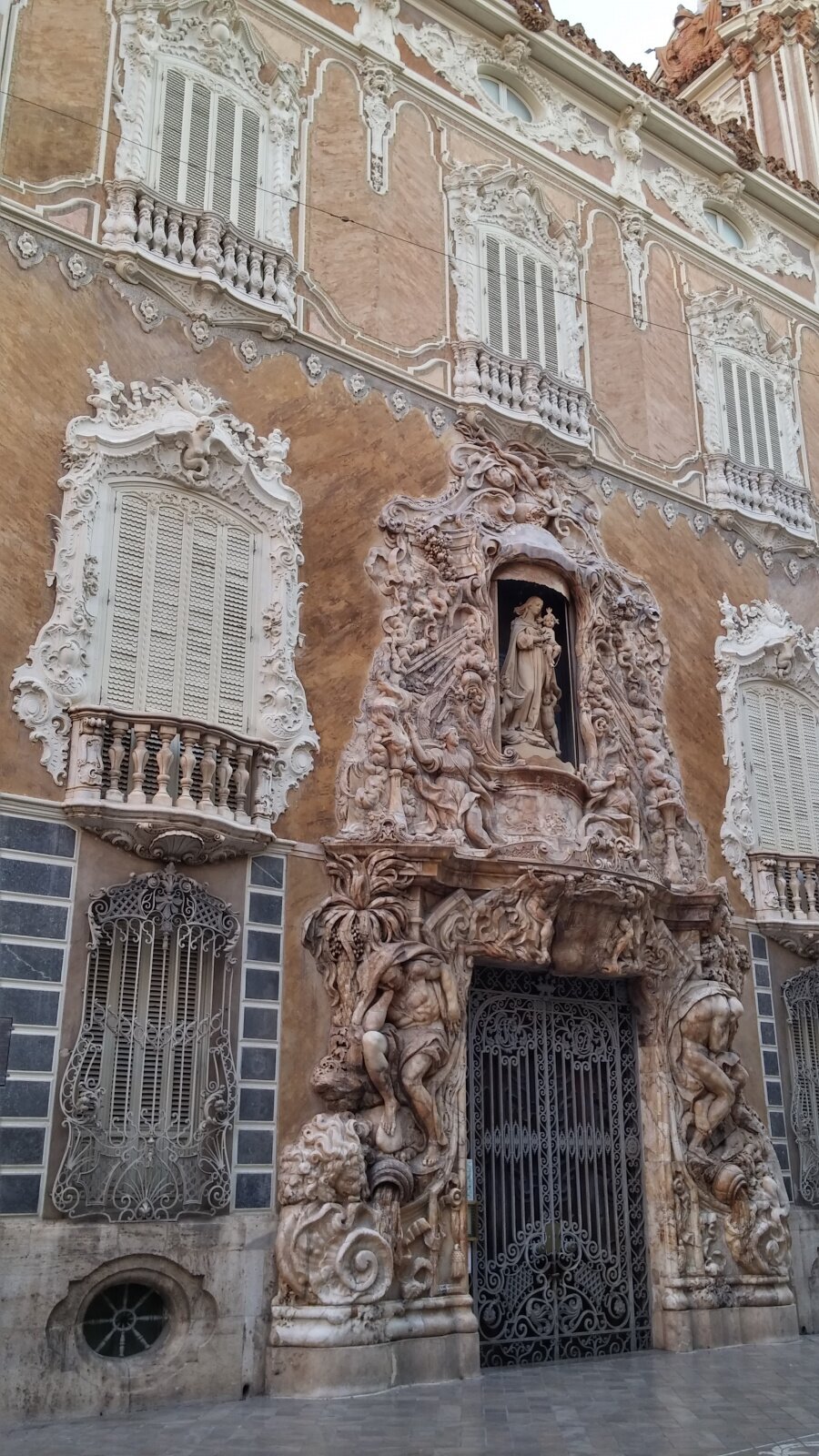
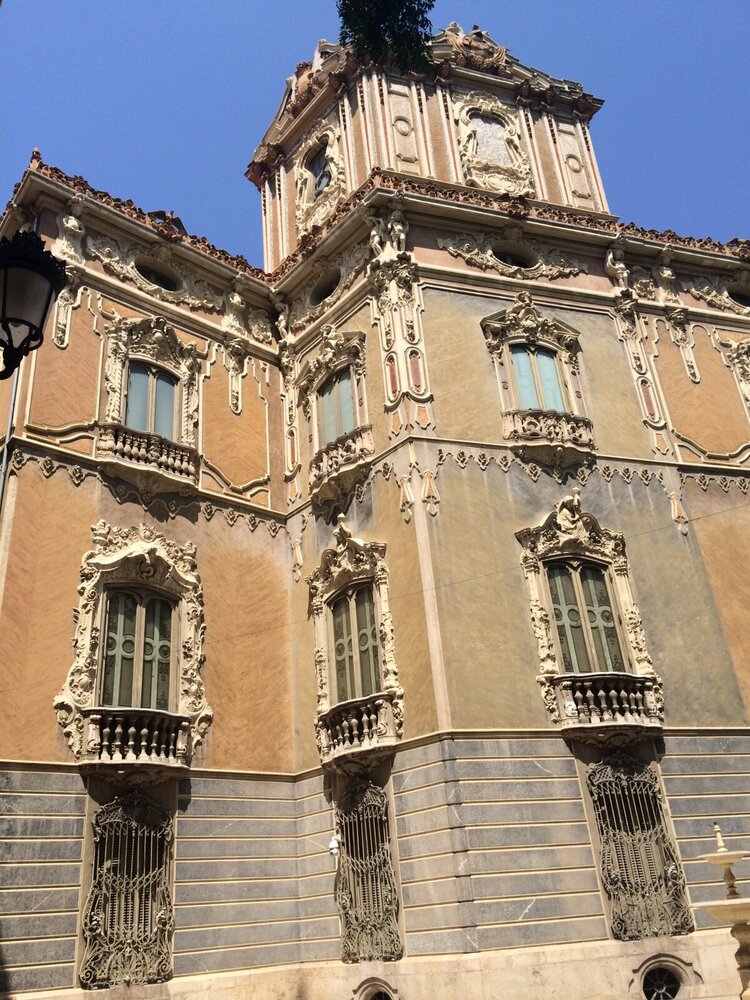
Since the mid-20th century, when the palace was bought by the state, it has been home to the Museo Nacional de Cerámica y Artes Suntuarias González Martí (National Museum of Ceramics and Luxury Goods). Several interiors of the palace have been completely preserved: the kitchen, lined with Valencian ceramics, the bedrooms, the ceremonial rooms. The ticket price of 3 € is practically free for this collection. If you want to go inside, allow 1.5—2 hours for your visit.
Free admission to the museum: on Saturdays from 4:00 p.m. until closing, and on Sundays.
Website of the Palacio de Dos Aguas and Ceramics Museum
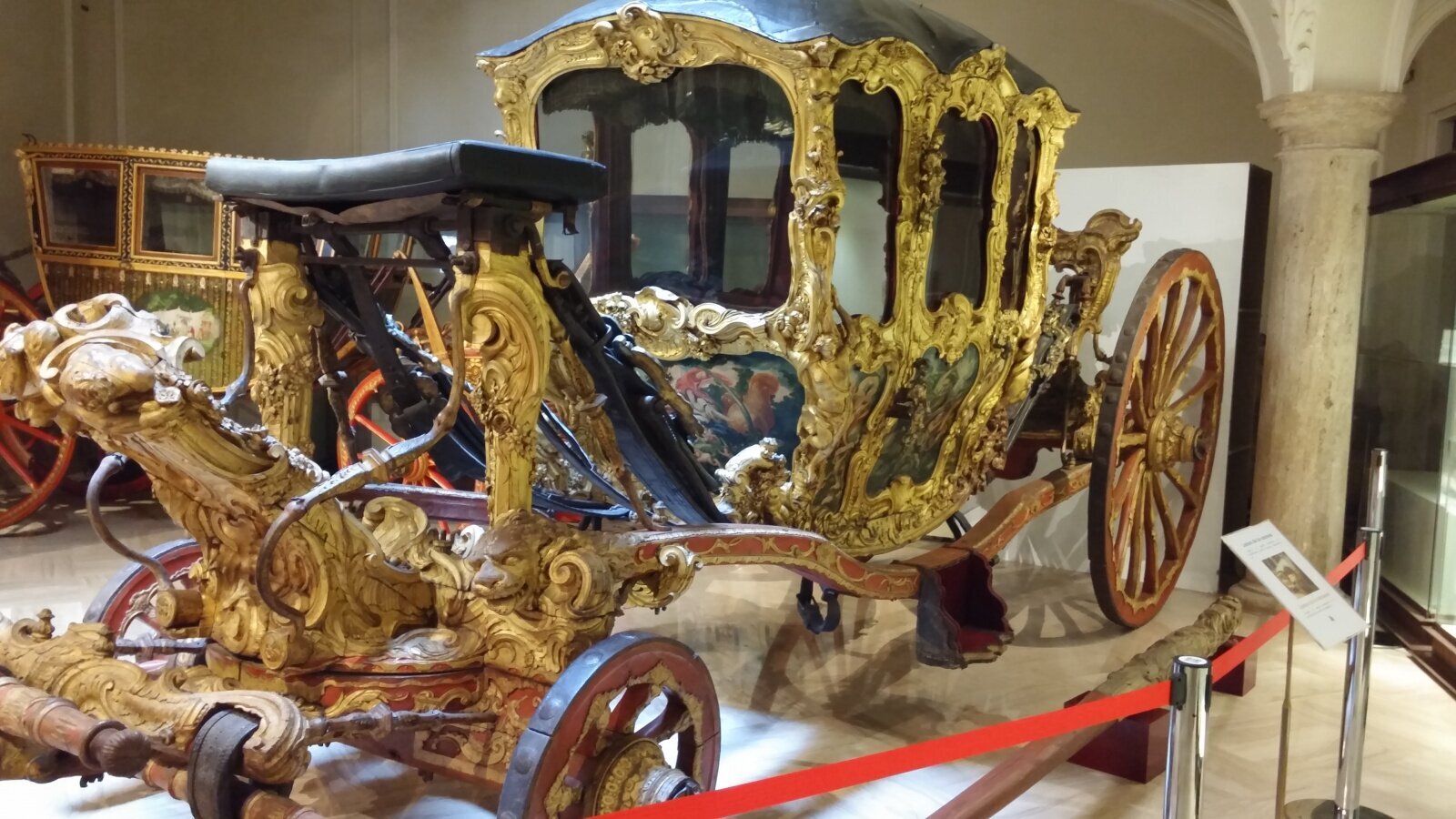
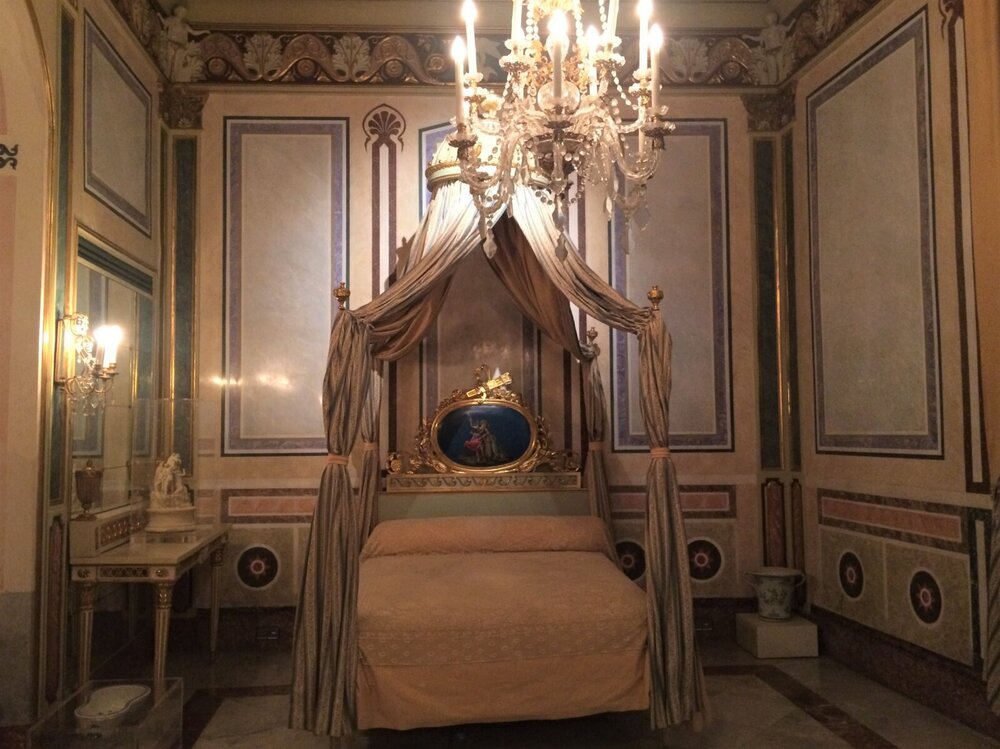
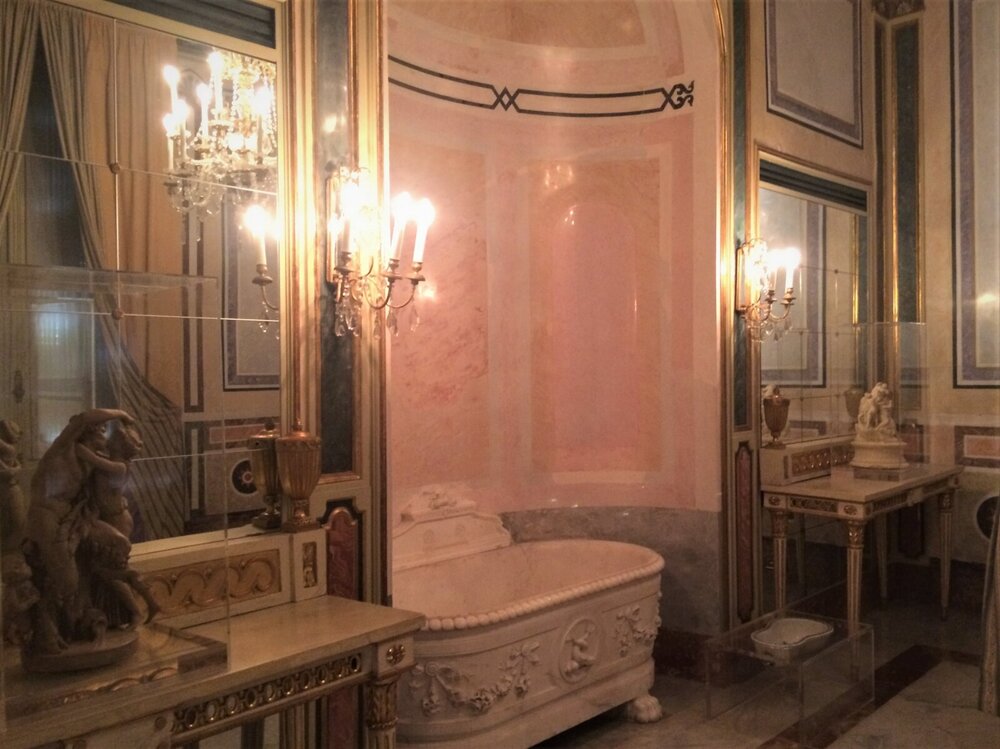
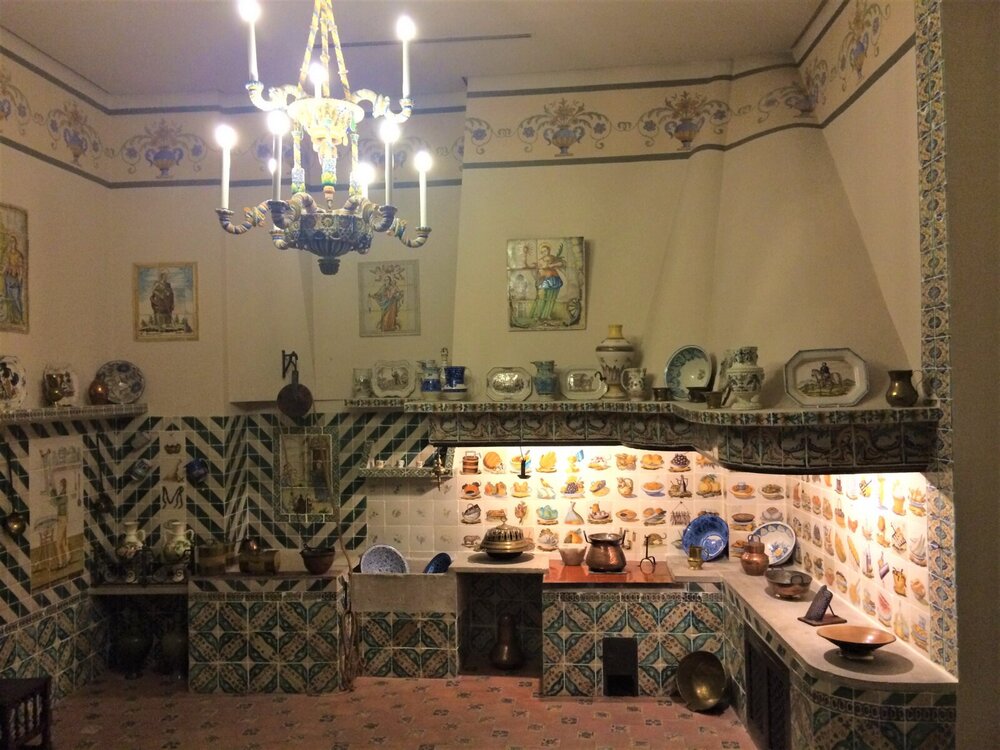
Jardín del Túria (Jardín del Túria)
After walking around the historic center, don’t forget about the main attraction of Valencia of the XXI century — the City of Arts and Sciences. You can get there by bus: the nearest stop to the Palacio de Dos Aguas is at the Queen’s Square or at the train station. But if you are still strong, I recommend walking the other way, to the Alameda metro station. Once there, marvel at the huge green park beneath your feet — it is laid out in the former bed of the Turia River and is below the level of the road. Descend into the park, walk around it and decide that the City of Arts and Sciences can be reached on foot.
The Turia River, the main freshwater artery of the city, used to flow in this place. The river often showed people who was in charge: every heavy rain threatened to flood. And in 1957, when the floods flooded the whole Valencia, the river decided to let the other channel, and the old channel was drained. In the 80s of the XX century in the former channel was laid out a grandiose park on 110 hectares, equipped it with several mini-parks and recreation areas, bicycle paths, music palace. At the western end of the riverbed is the Valencia Biopark, and at the eastern end is the City of Arts and Sciences.
There are several bridges spanning over the park, almost every one of which is a separate attraction.
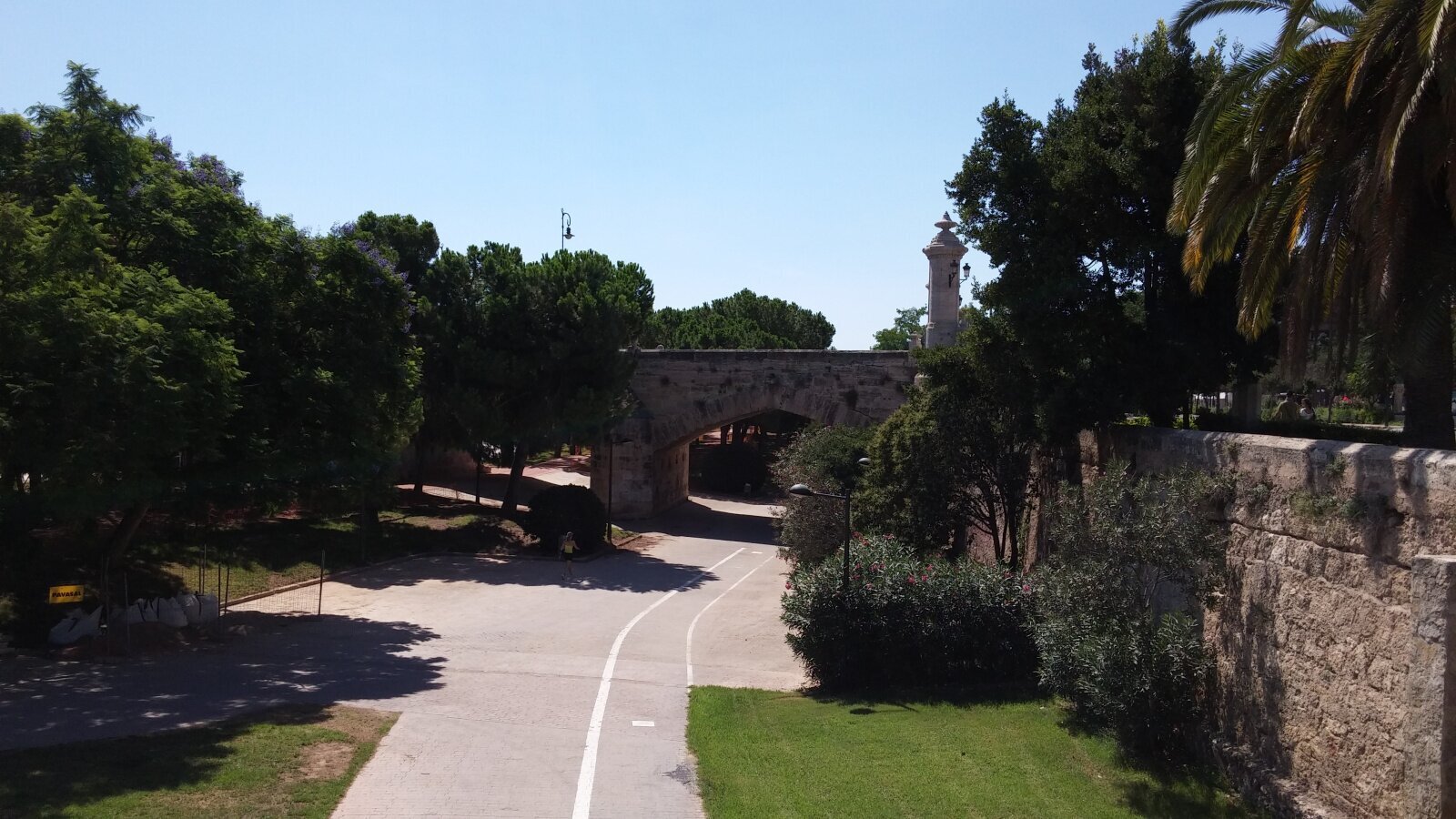
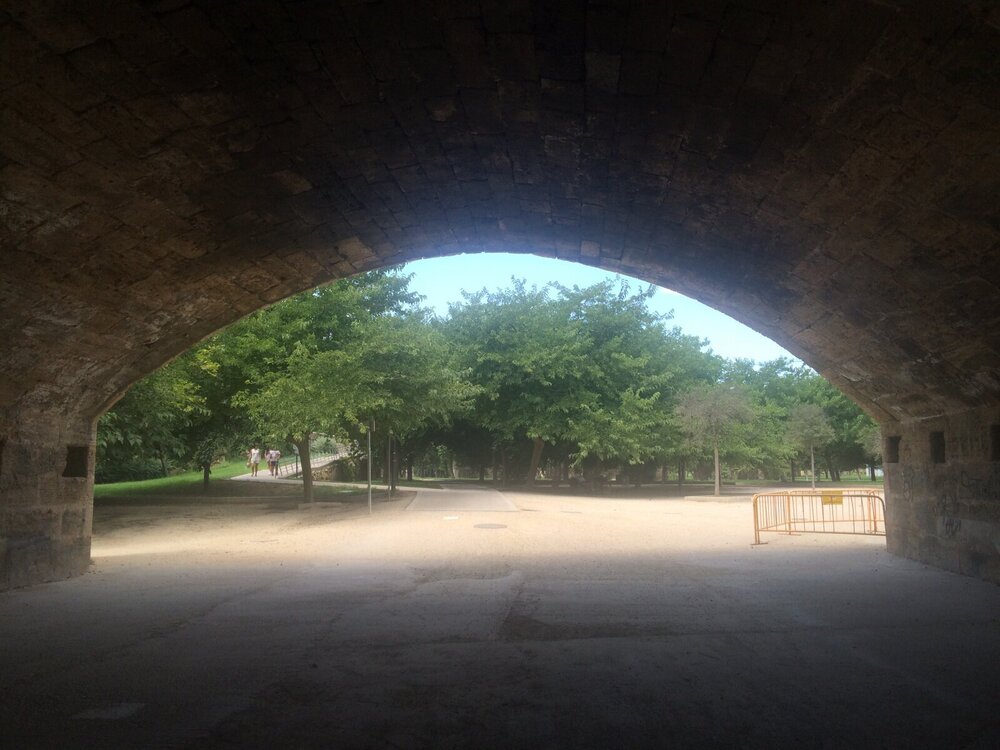
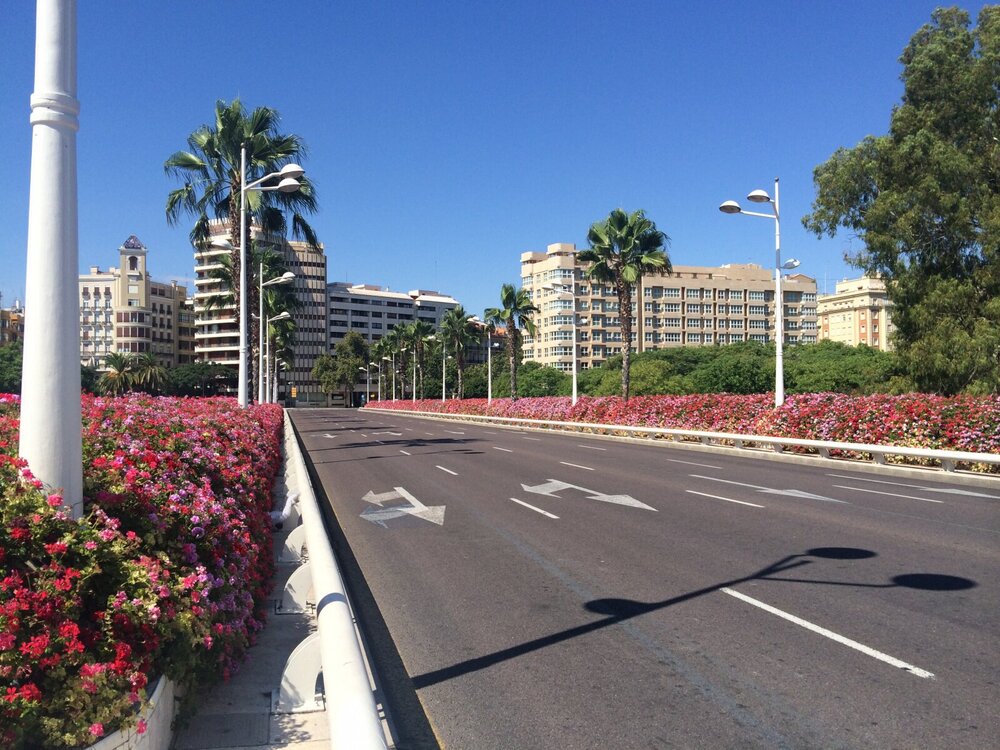
City of Arts and Sciences (Ciudad de las Artes y las Ciencias)
A futuristic complex, one of the main attractions of Valencia, without which the image of the city would not be complete. The masterpiece of Santiago Calatrava, a world-famous Spanish architect born in Valencia. Several scenes of the Disney sci-fi movie «Future Earth» were filmed here. Recognize it?
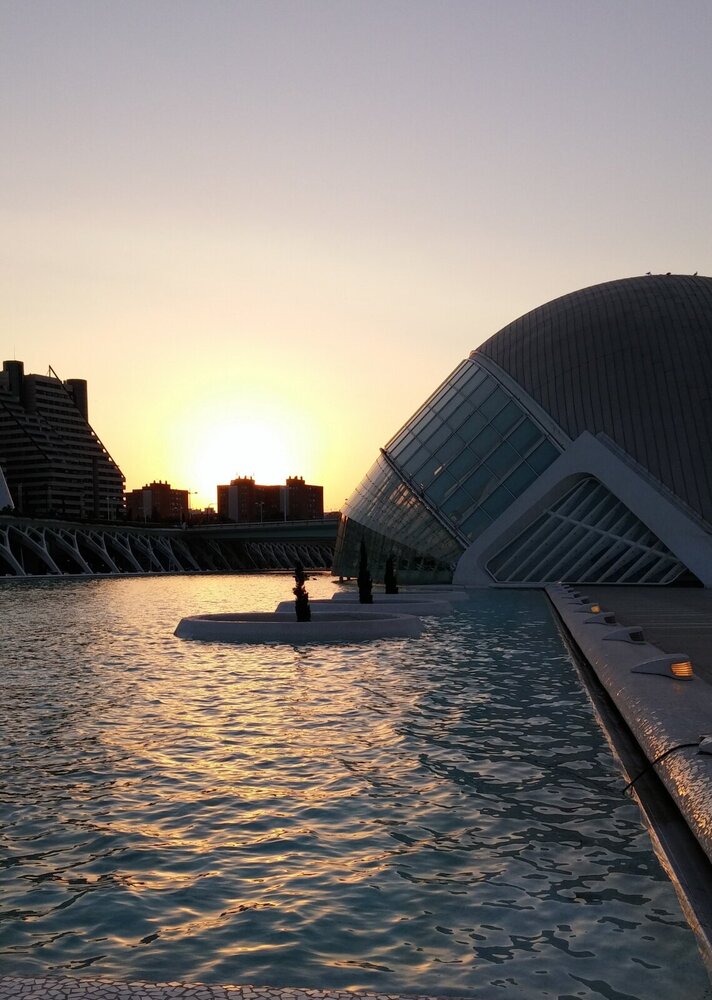

The City of Arts and Sciences was opened in 1998 and includes 5 bio-tech buildings:
- El Palau de les Arts Reina Sofía (Queen Sofia Palace) — Opera House
- L’Hemisfèric — movie theater and planetarium
- L’Umbracle — plant gallery
- El Museu de les Ciències Príncipe Felipe (Prince Philip Science Museum) — Science Museum
- L’Oceanogràfic is an oceanarium and open oceanographic park
The building complex is located in a green area with a pond, and this park is popular with the locals: you can often see spontaneous picnics or students with books on the grass here. L’Emisférica has street concerts in the evenings, so check the schedule on the website before you go, and don’t hesitate to bring your own sandwiches — if you eat them right on the lawn, you’ll be mistaken for a local.
You can walk around the complex of buildings and see them from the outside in half an hour, but if you plan to visit the Okeanografik or the Museum of Sciences, budget 2—3 hours for each. The Okeanografik Dolphinarium has a dolphin show several times a day, which is included in the tickets and lasts about an hour. If you plan to visit it too, add another hour and check the show schedule on the website beforehand. If you are staying in Valencia for more than one day, the best option is to spend a separate day in the City of Arts, the Museum of Sciences and the Oceanographic Museum.
- Valencia City of Arts and Sciences website
- Oceanographic's website
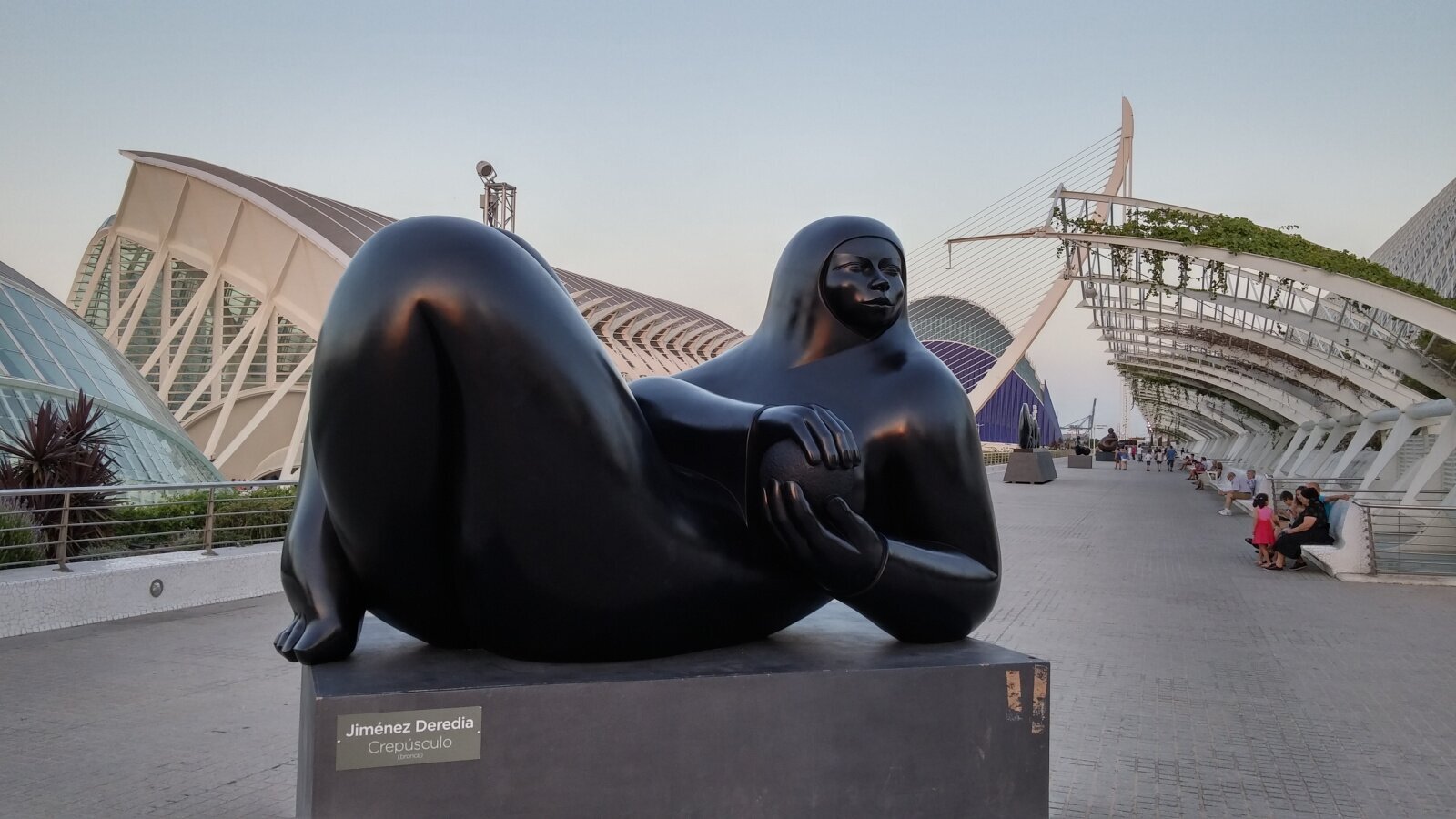
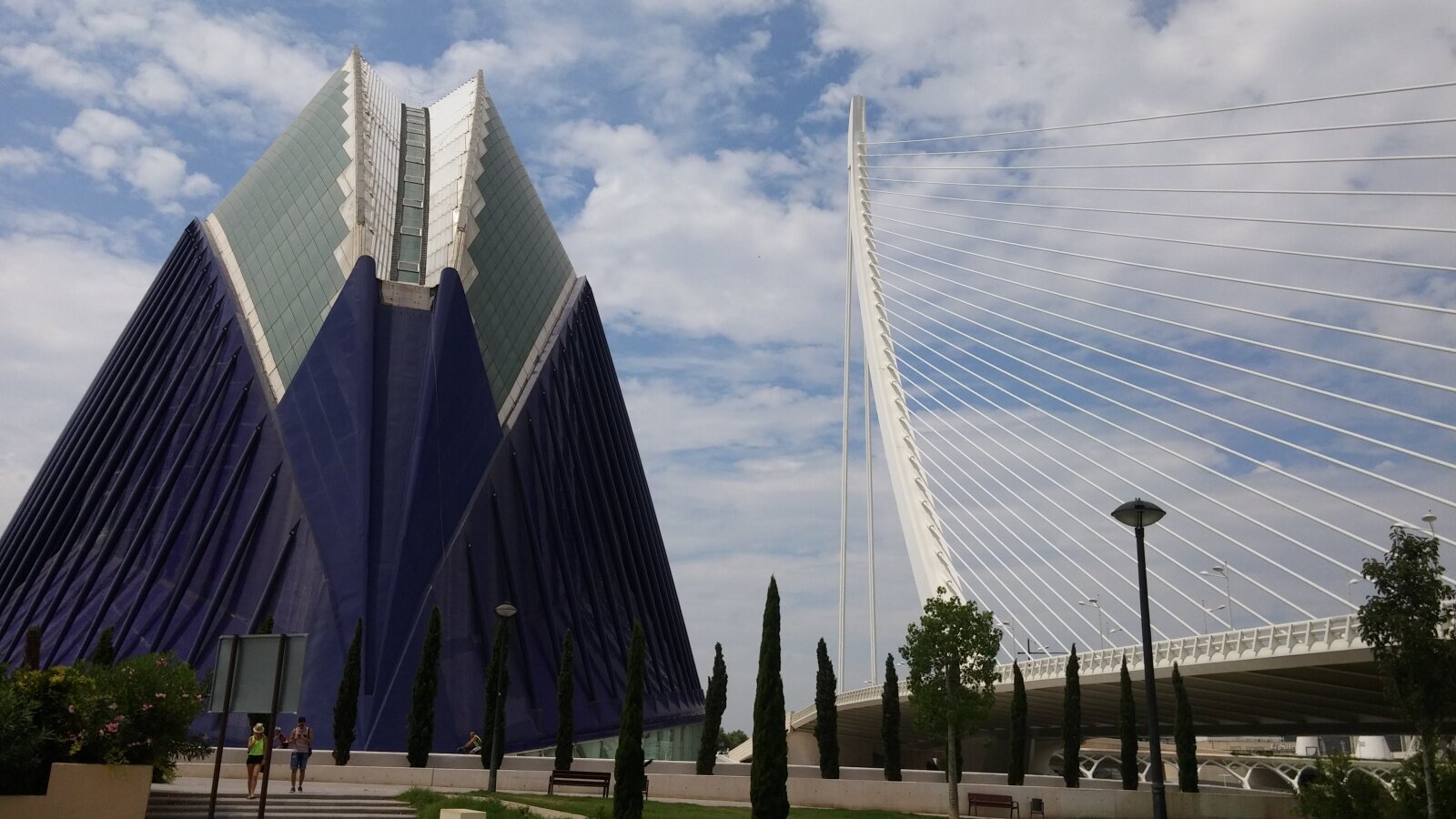
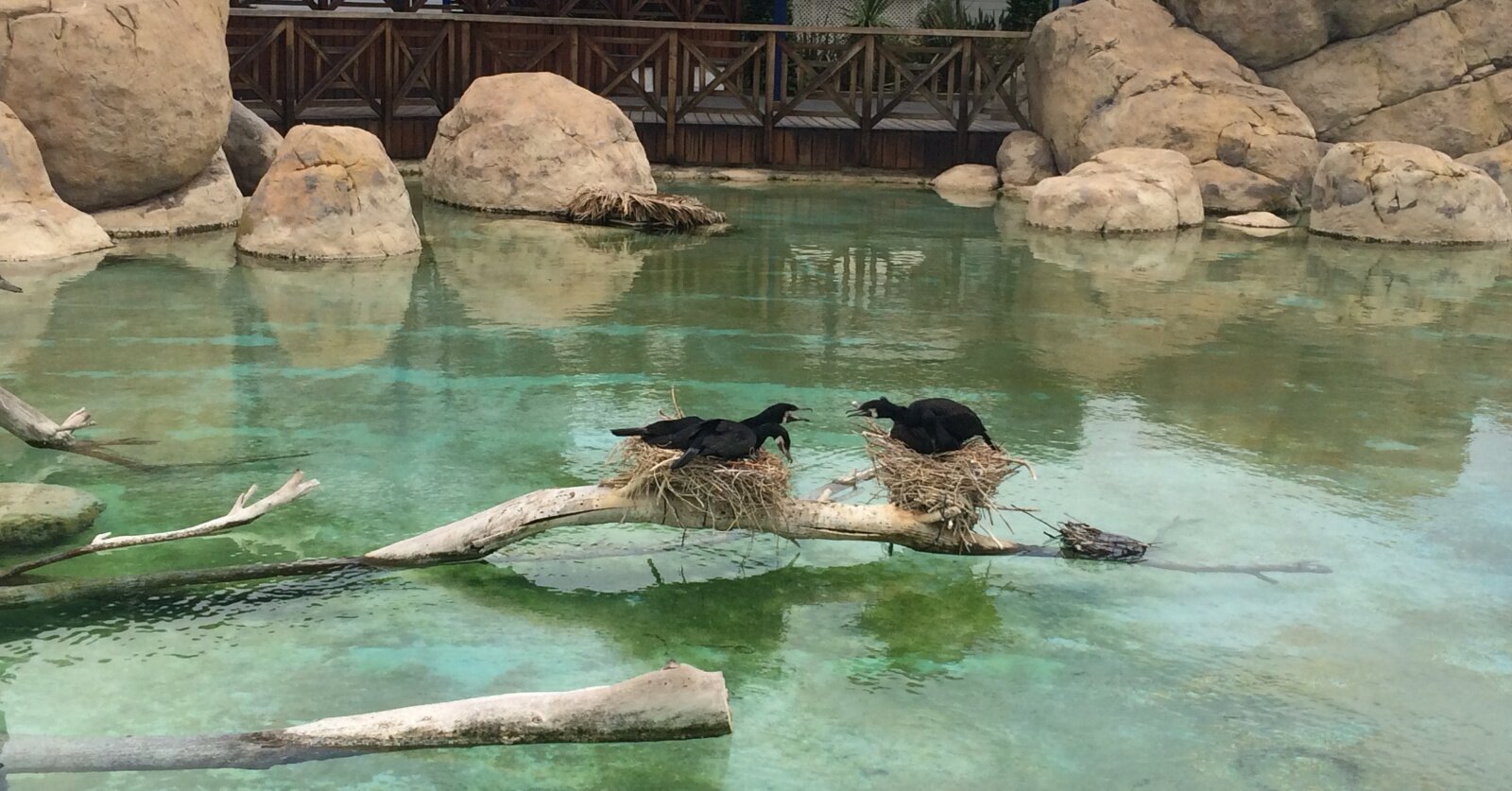
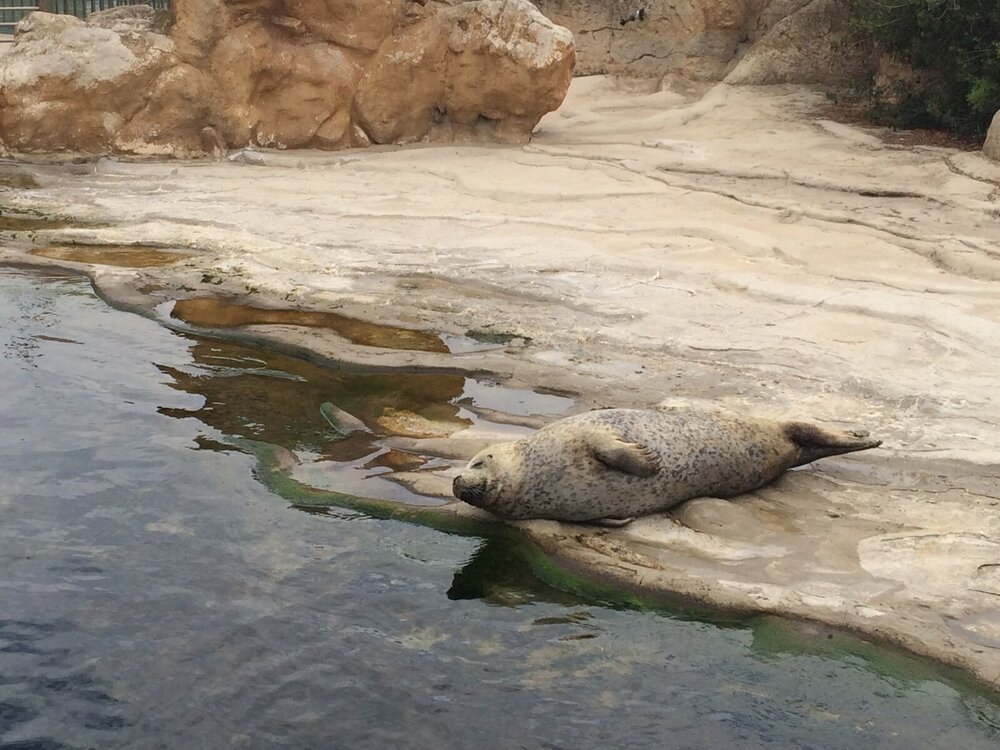
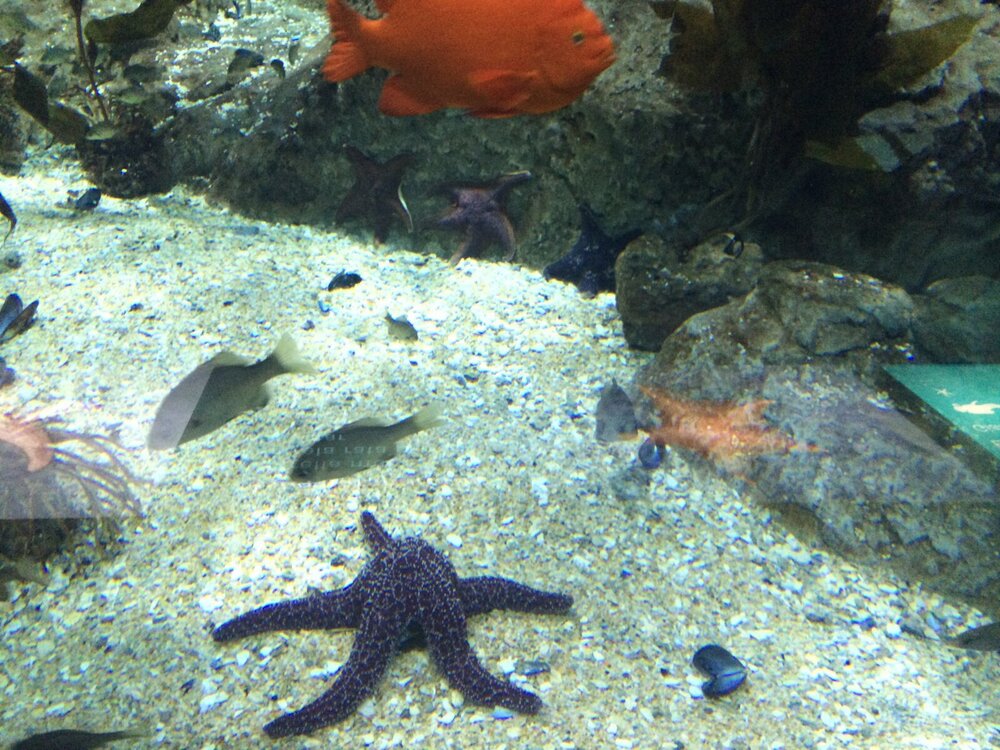
In Valencia, the main thing is to take your time and take regular mini-siestas. In one day, you’ll have time to cover the city’s most iconic sites, although you’ll have to do a lot of walking. Enjoy a leisurely stroll, walk the streets of the Old Town, look into the future through the City of Arts and Sciences. And be sure to stay a few more days, as Valencia has a lot more to offer.

